Camo tattoos are a cool and detailed type of body art. They do more than look good—they mix creativity, meaning, and personal style. Whether you love tattoos and want a new idea, or you’re just curious, this post will show you why camo ink arts are so special.
What makes them different from other tattoo styles? How do they blend the rugged look of camouflage with careful, fine art? And what hidden meanings might they hold?
In this post, we’ll explore:
- History and Progression of Camo: Where they began and how they’ve grown in tattoo culture.
- Techniques and Styles: The ways artists draw and shade these detailed patterns.
- Symbolism and Personal Significance: Why people choose camo inks, from honoring soldiers to loving the outdoors.
- Finding the Perfect Artist and Design: Tips on picking an artist and design that fits your style.
- Tattoo Aftercare: Simple steps to keep your tattoo bright and healthy for years.
So, if you like the rugged style of camouflage or you’re amazed by the skill it takes to make each tattoo, come along! Discover how camo tattoos transform skin into art, where tradition and creativity coexist in harmony.
The Essence of Camo Tattoos
Tattoos have long helped people express their individuality. They carry stories, feelings, and parts of our identity. Among all the styles, camos stand out because they mix a bold look with deep meaning.
In this article, we’ll dive into the world of camouflage tattoos. We’ll cover their history, explain why they matter, discuss their design, and provide guidance on how to care for them. With these tips, your camo art will stay bright and full of meaning for many years to come.
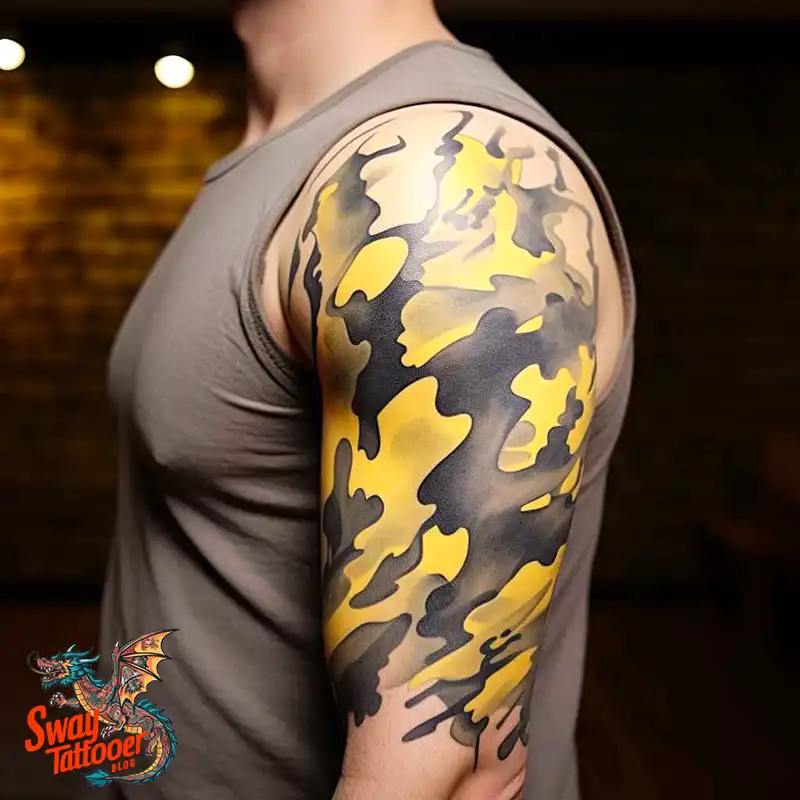
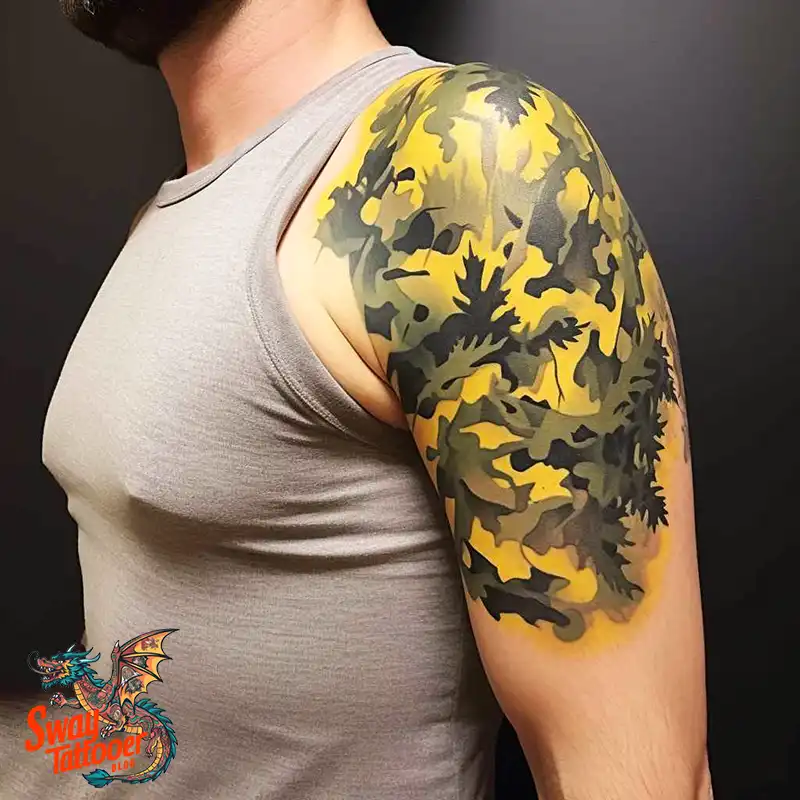
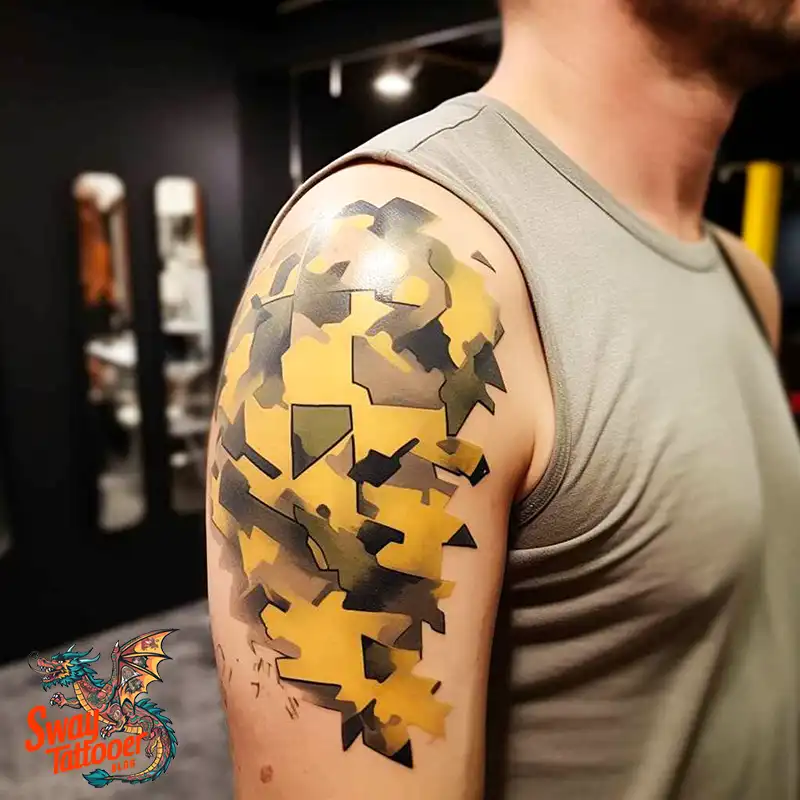
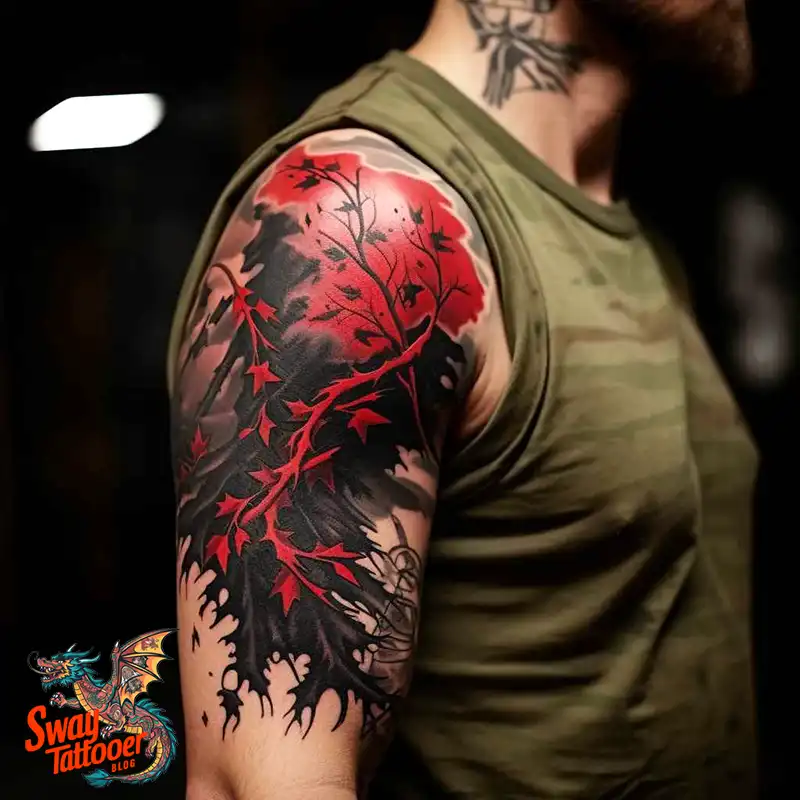
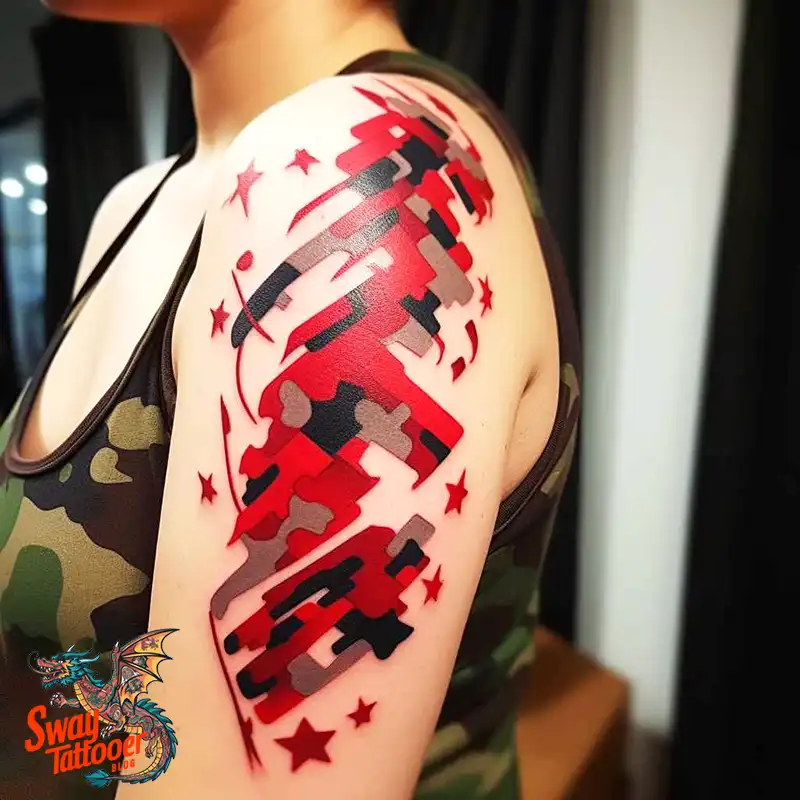
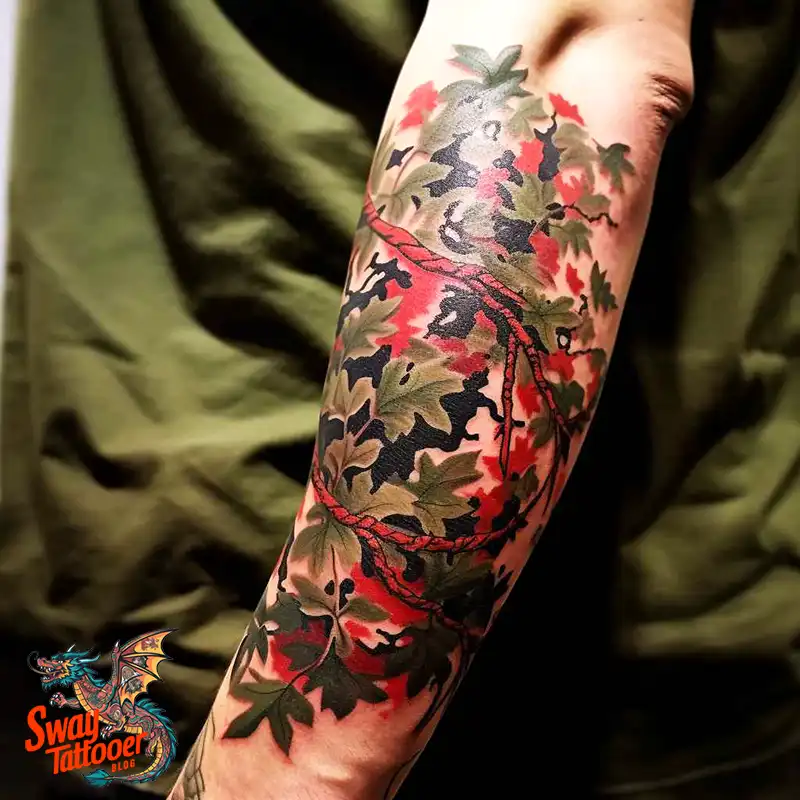
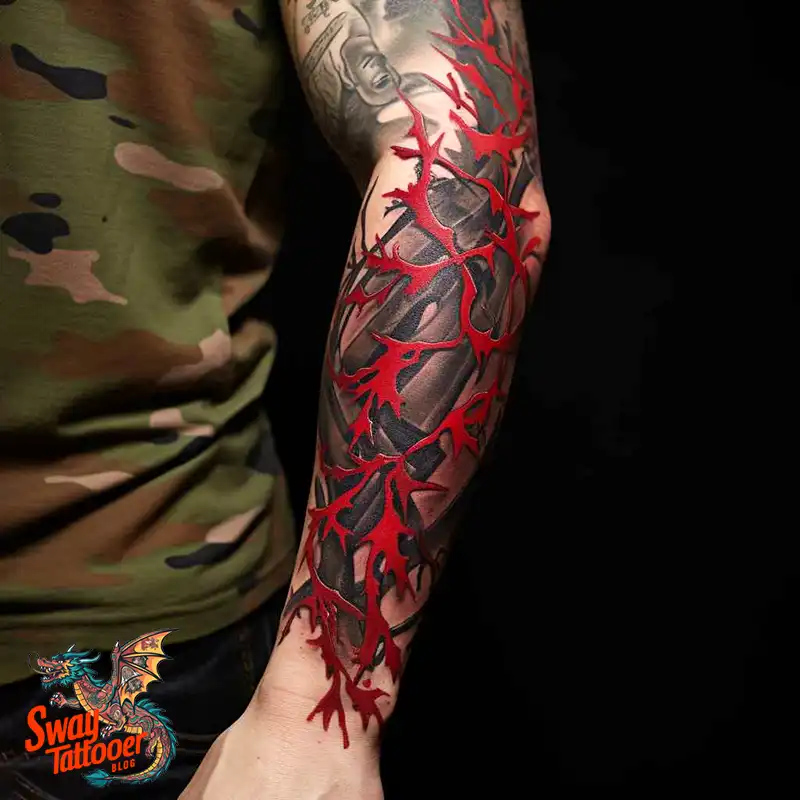
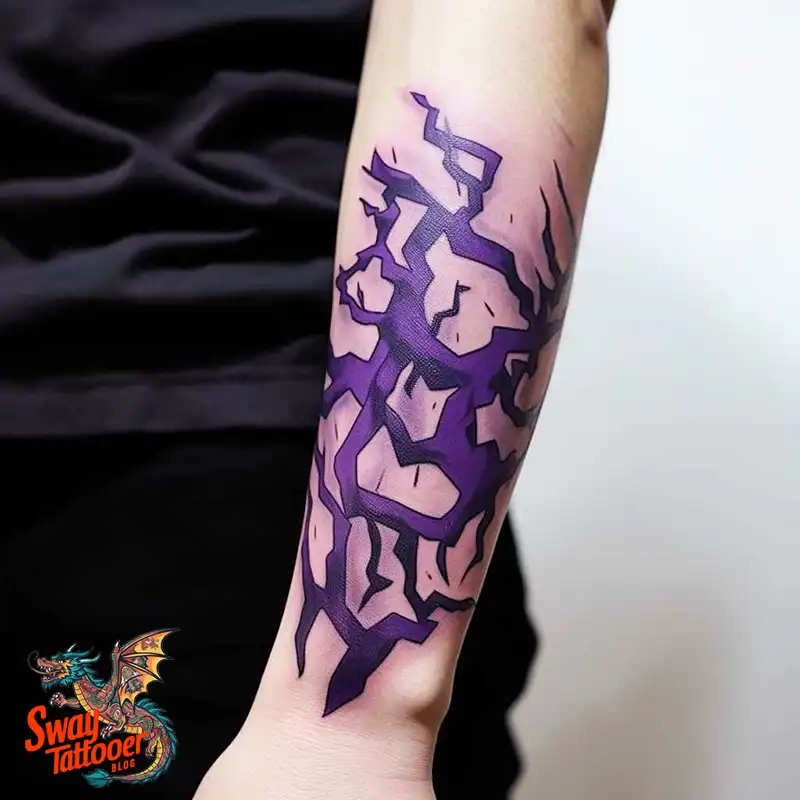
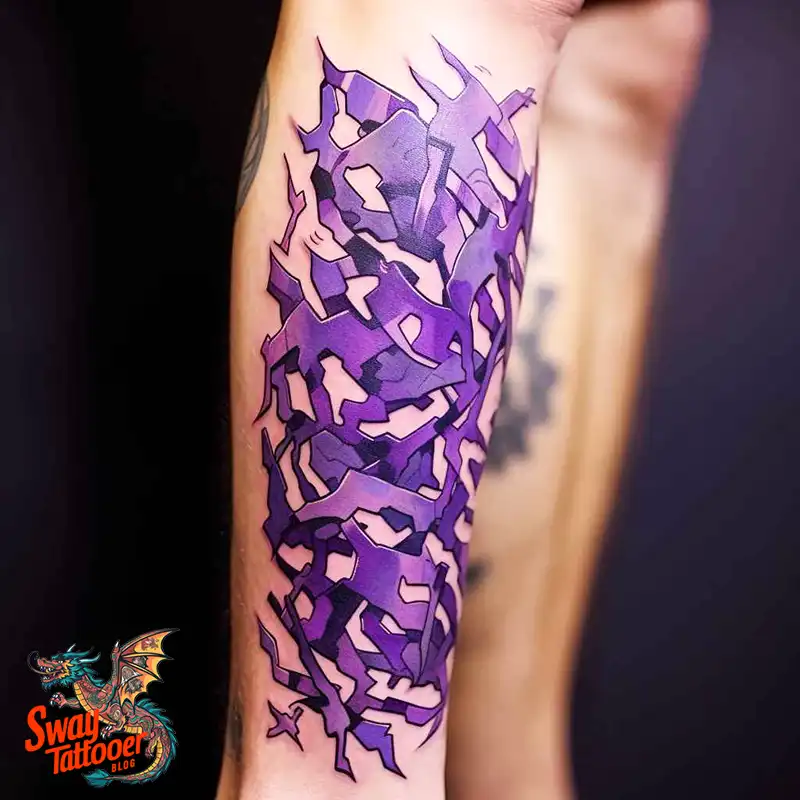
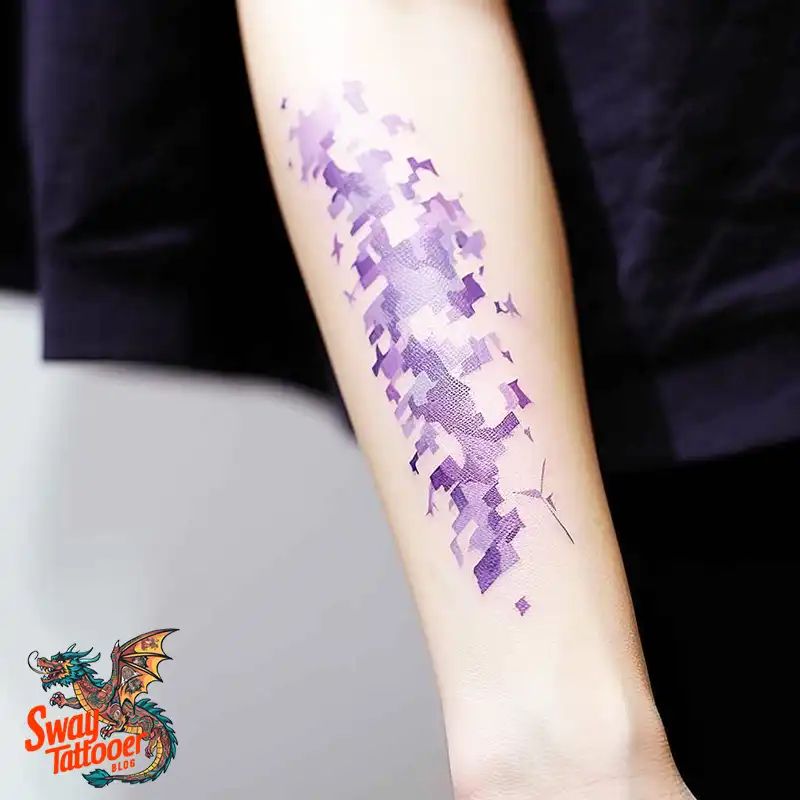
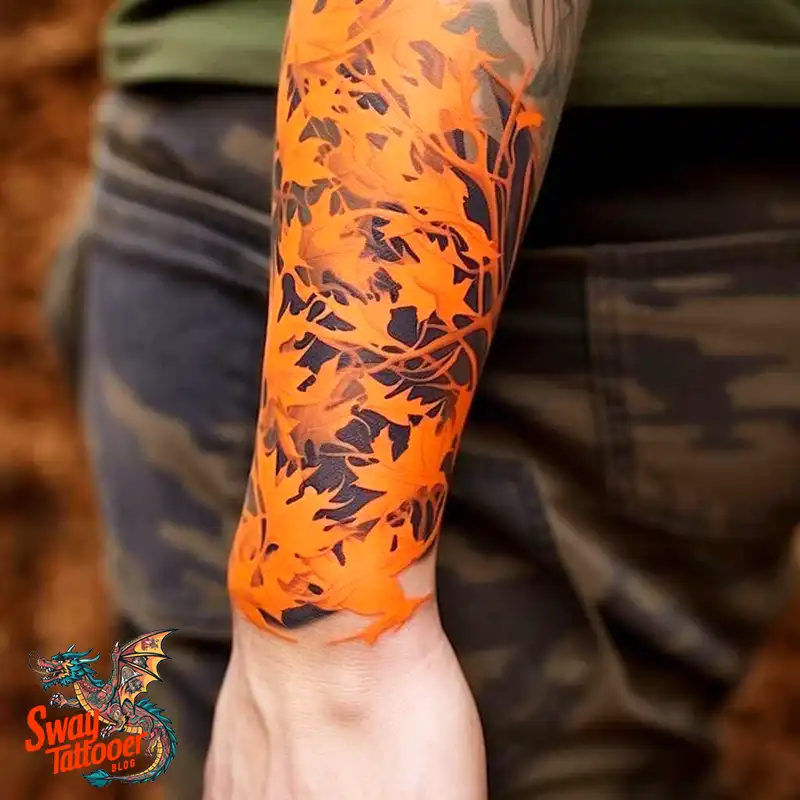
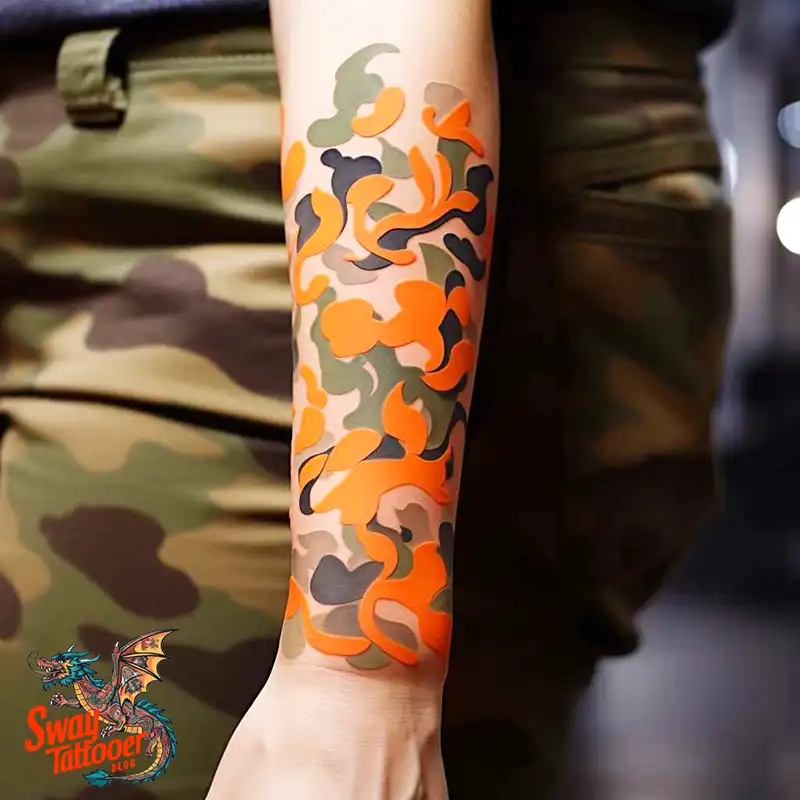
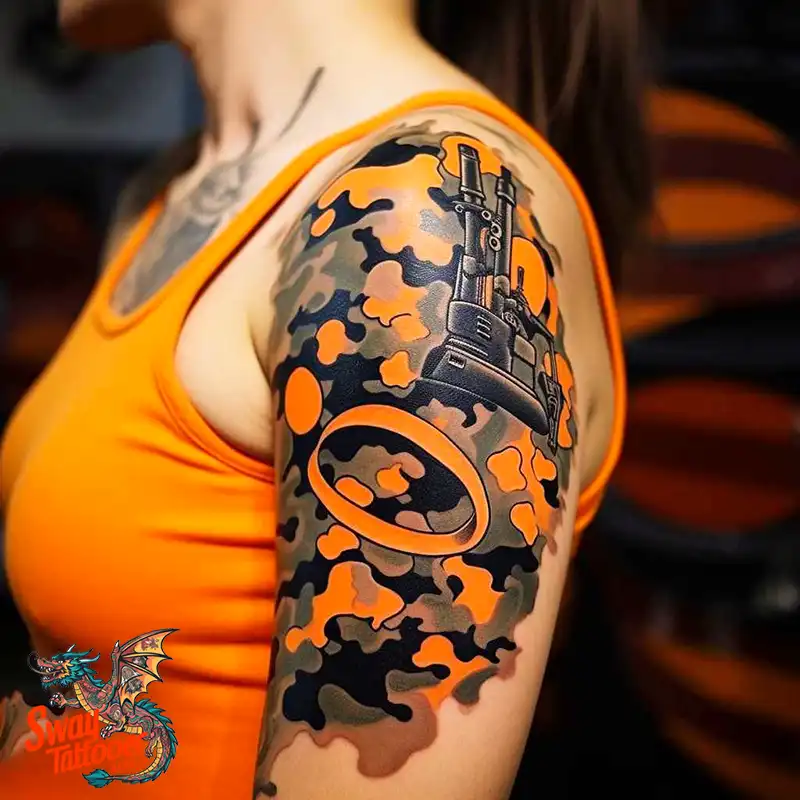
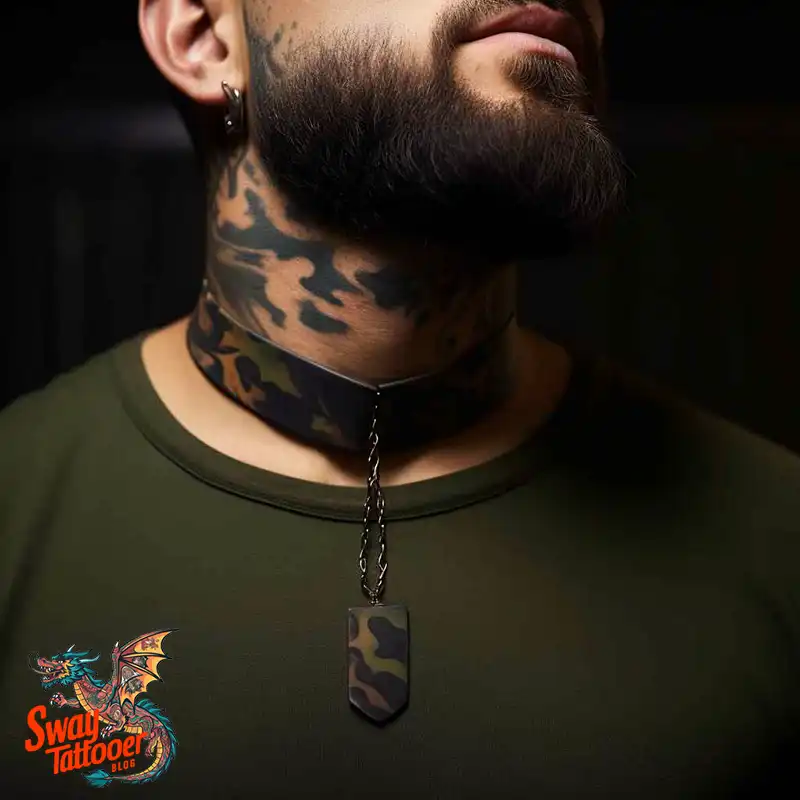
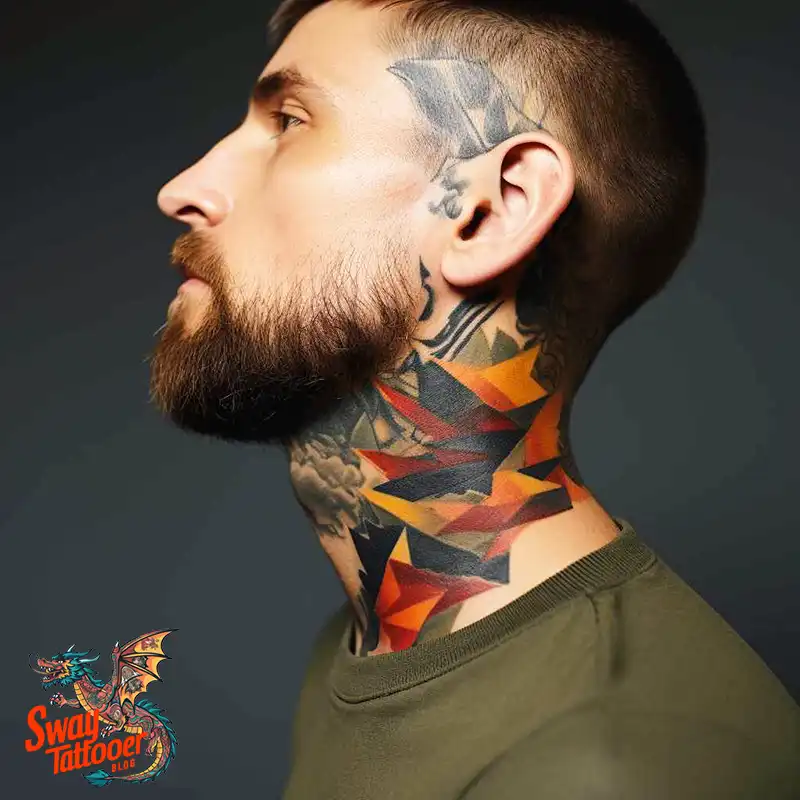

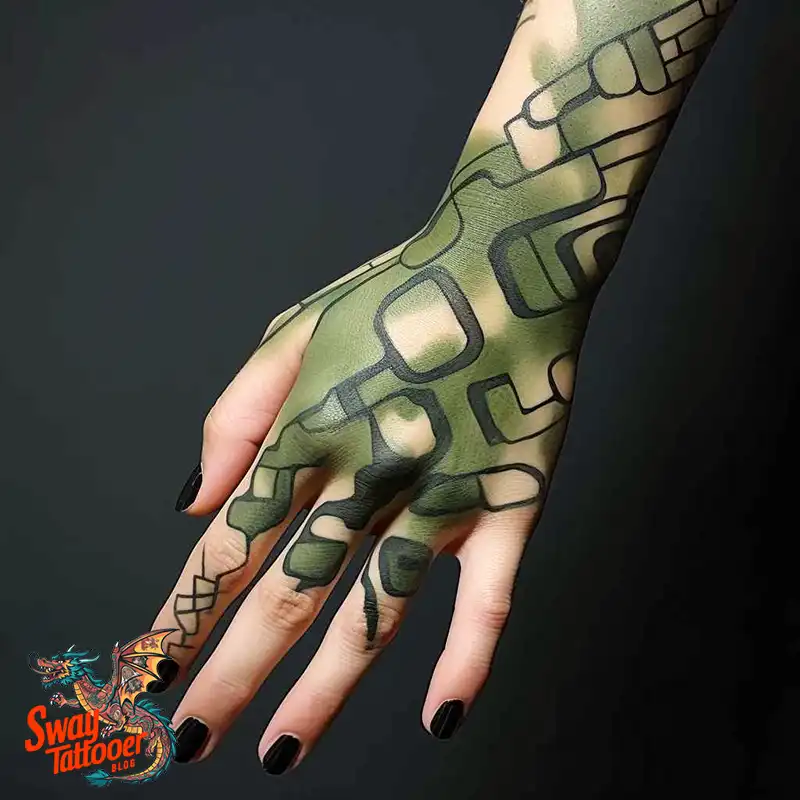
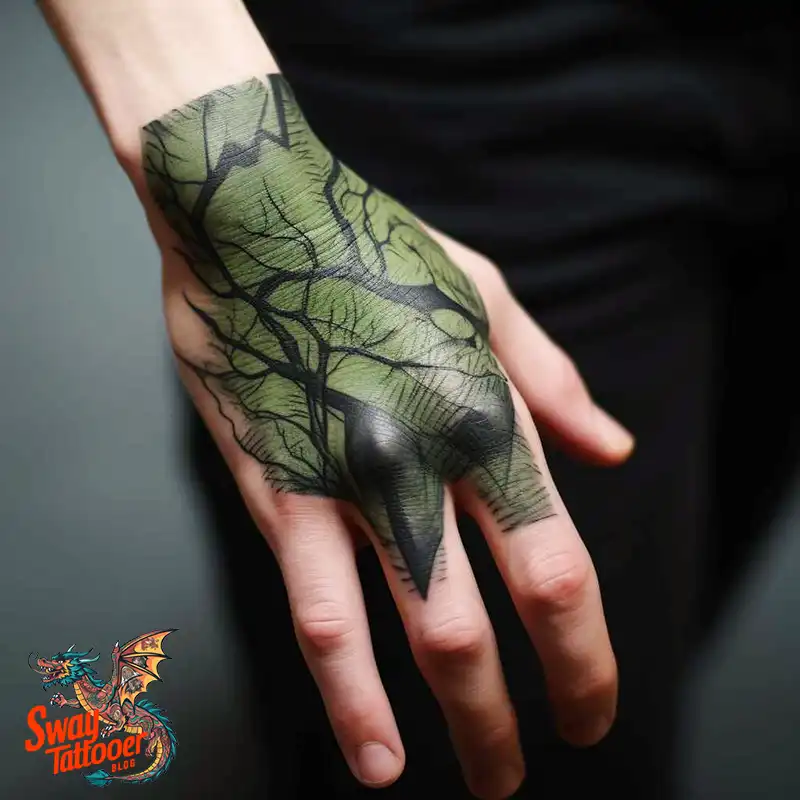
Origins and Symbolism of Camo Tattoos
Camouflage originated as military gear designed to help soldiers blend in and remain safe. Today, camo in tattoos means more than hiding—it shows strength, toughness, and respect for nature or military service.
Military Ties
Camo patterns first appeared in World War I to protect soldiers on the battlefield. Veterans and active service members get camo ink to honor their duty, remember friends they lost, and mark the challenges they faced in uniform.
Nature and Survival
Camo designs resemble trees, rocks, or sand, evoking the wild outdoors. People who love hiking, hunting, or camping choose these tattoos to express their love of nature and appreciation for survival skills.
Inner Resilience
Just as camouflage shields soldiers, camouflage tattoos can symbolize your inner strength and resilience. They remind you that you can face hard times and still stay true to yourself.
Placement and Composition
Where you put your tattoo changes its look and feel. Large areas allow artists to showcase significant, detailed patterns. Sleeves on your arm or leg are a favorite because the design can wrap around smoothly. For something small and subtle, try your wrist, ankle, or behind your ear. Even a little camo pop can carry a significant meaning.
Aftercare Tips
- Follow Your Artist’s Instructions: They know best how to help your tattoo heal.
- Keep It Clean: Wash gently with mild, fragrance-free soap and warm water.
- Moisturize: Apply a thin layer of tattoo ointment or an unscented lotion to keep your skin hydrated.
- Avoid Sun Exposure: Keep it covered or use sunscreen once it’s healed to stop fading.
- Wear Loose Clothing: Let your tattoo breathe and avoid rubbing or irritation that can cause discomfort.
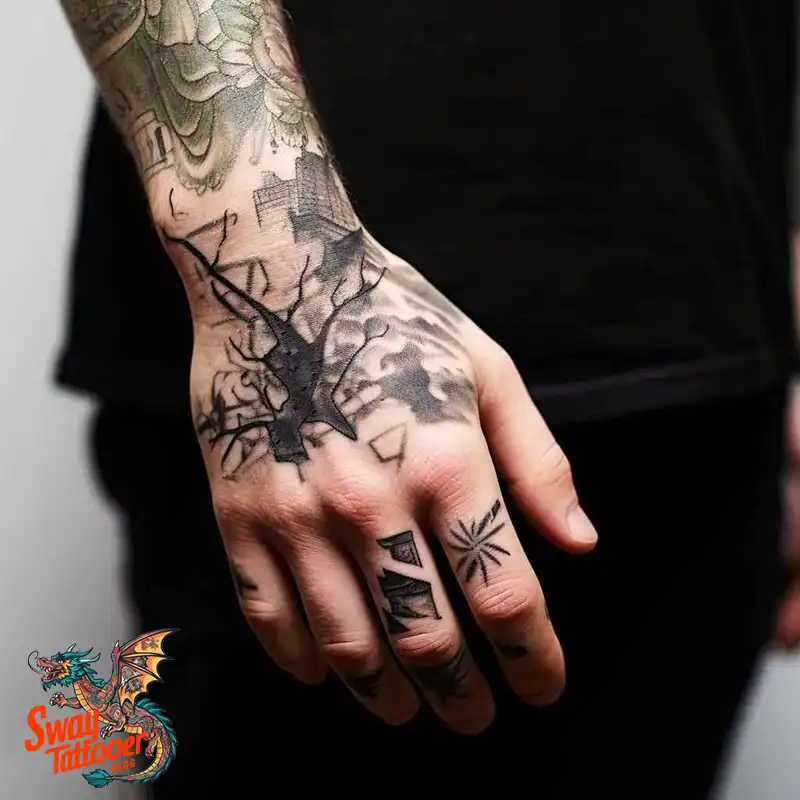
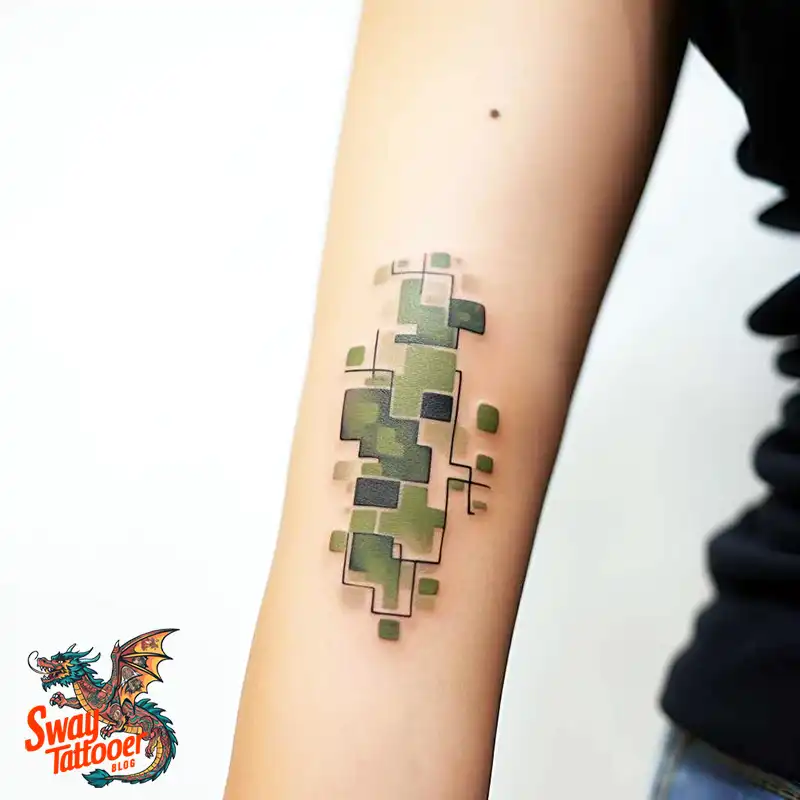
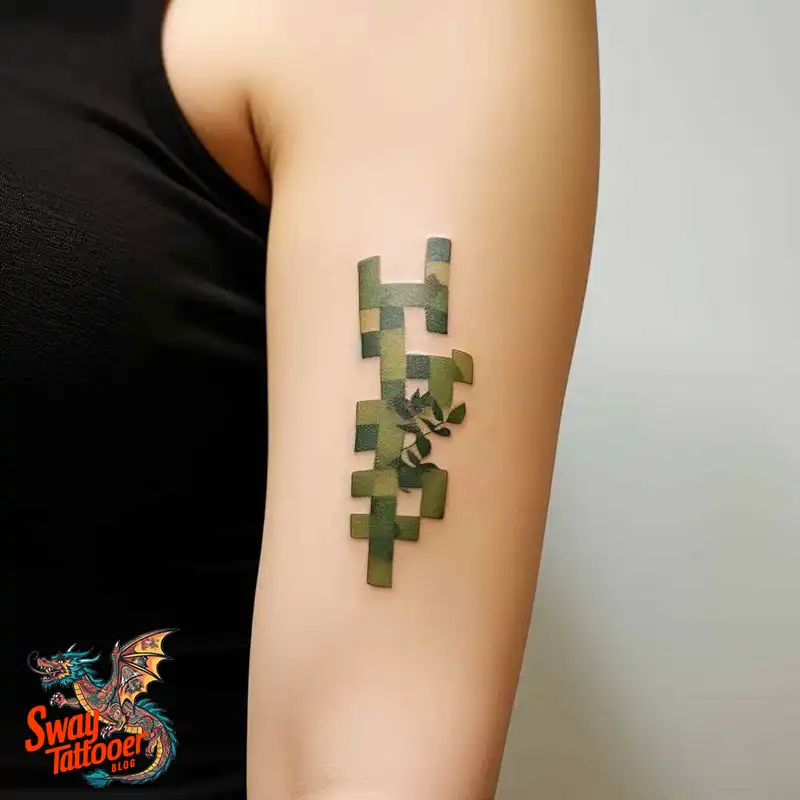
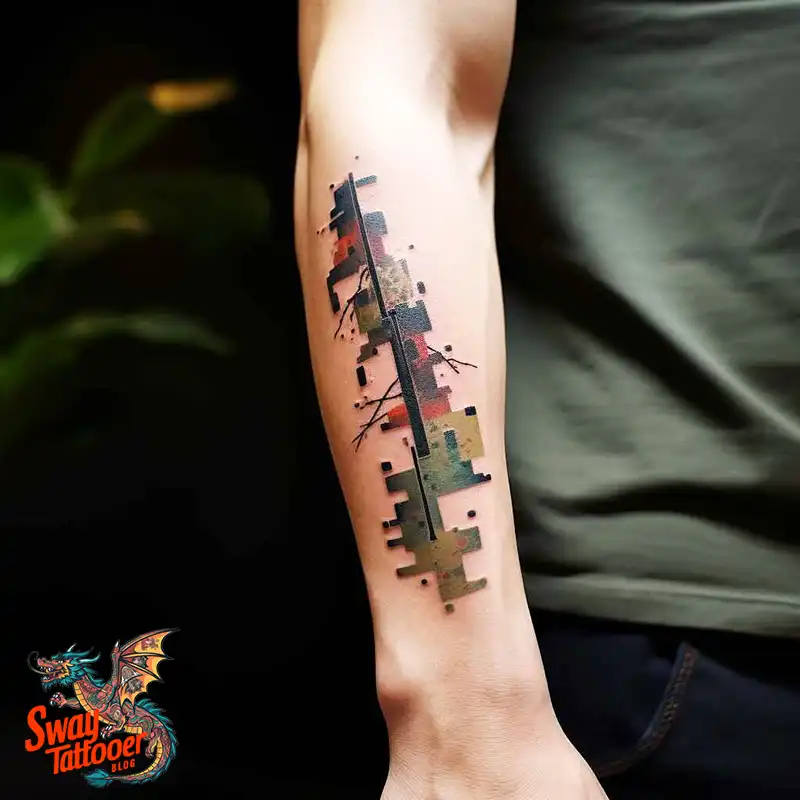
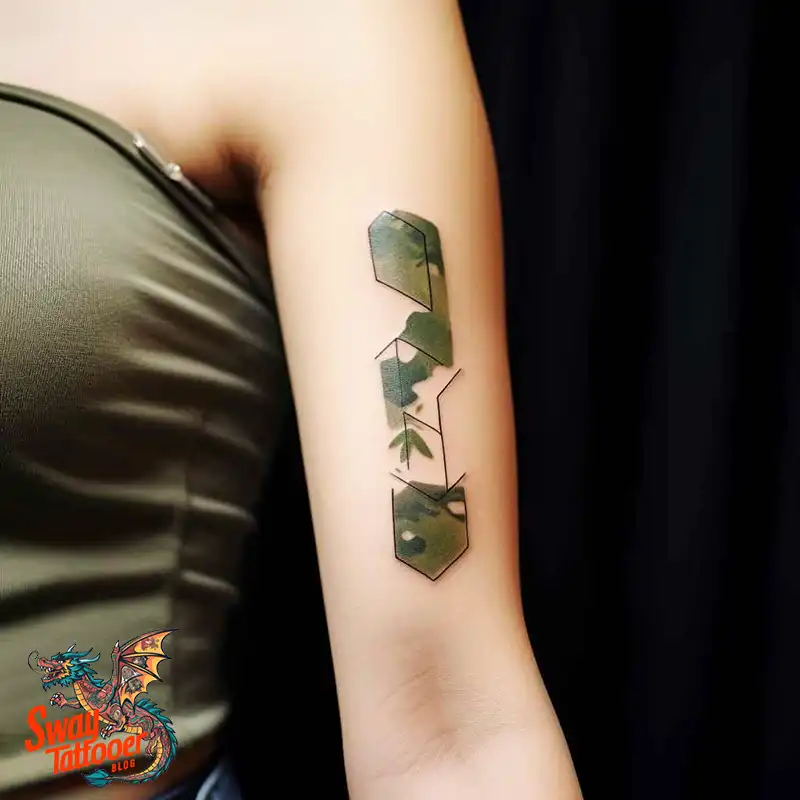
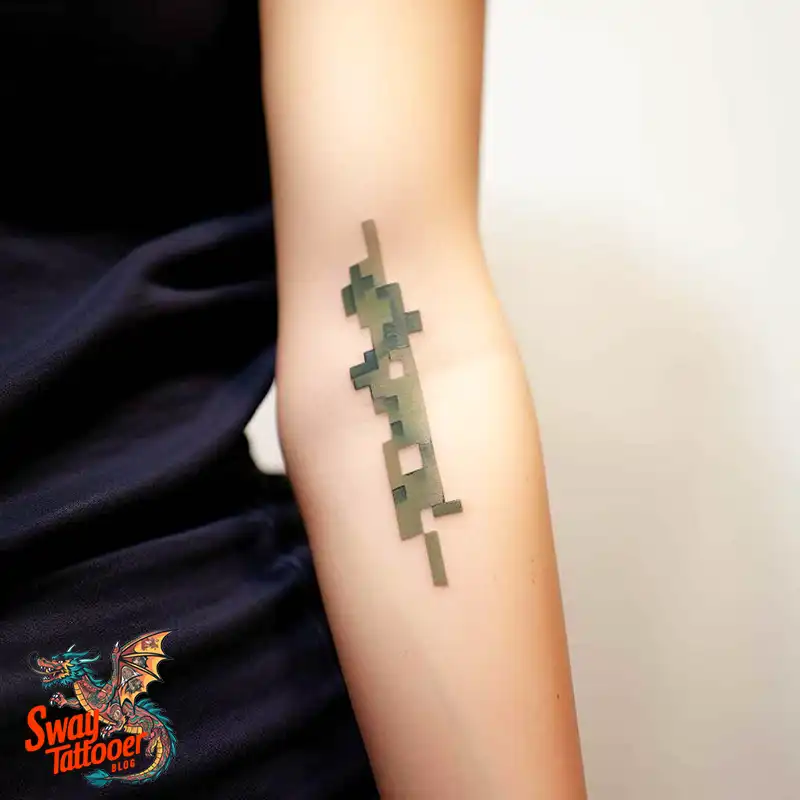

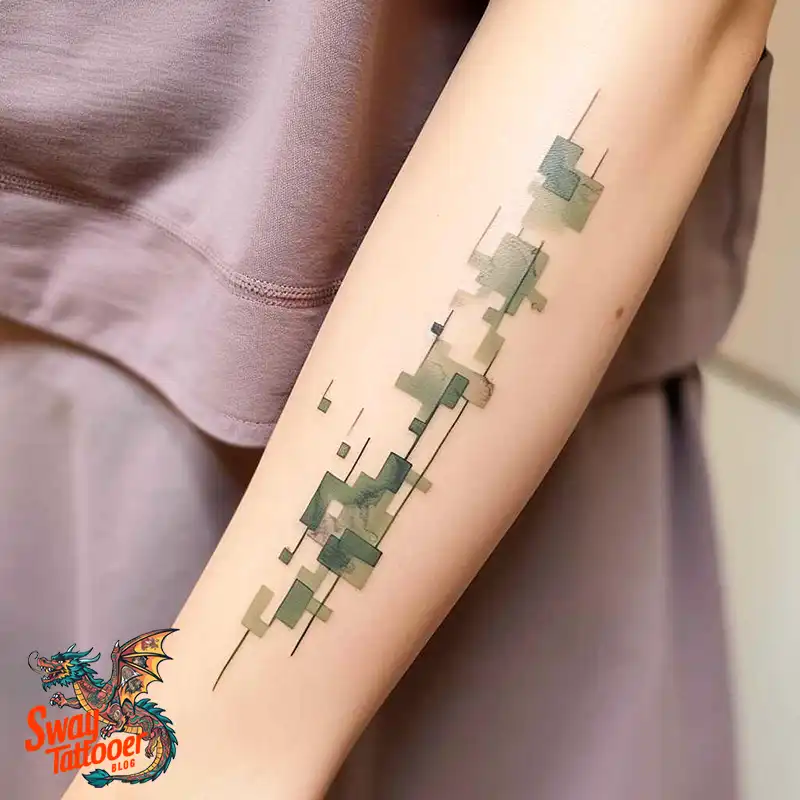
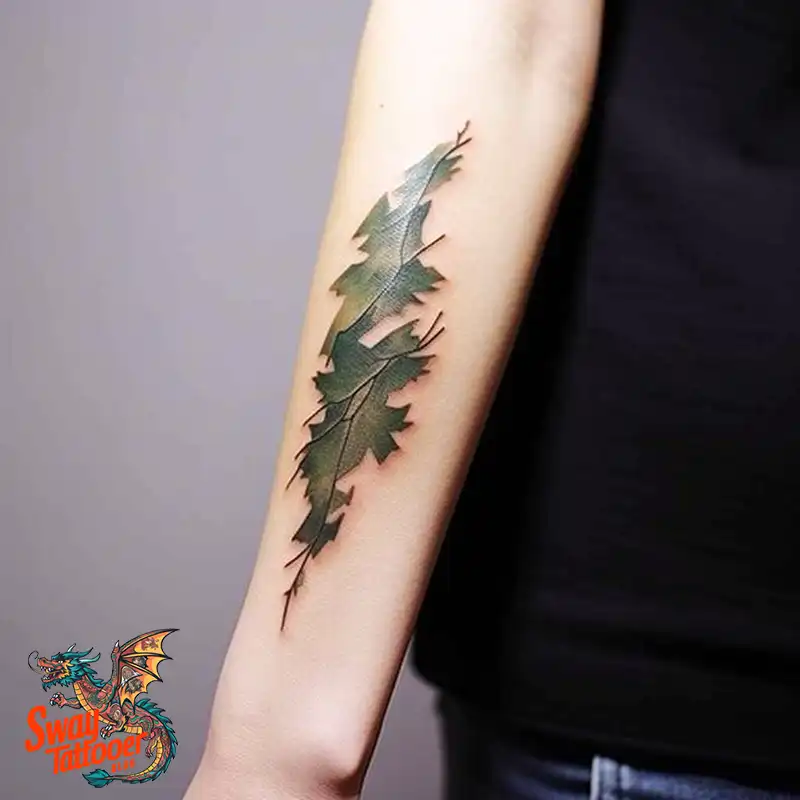
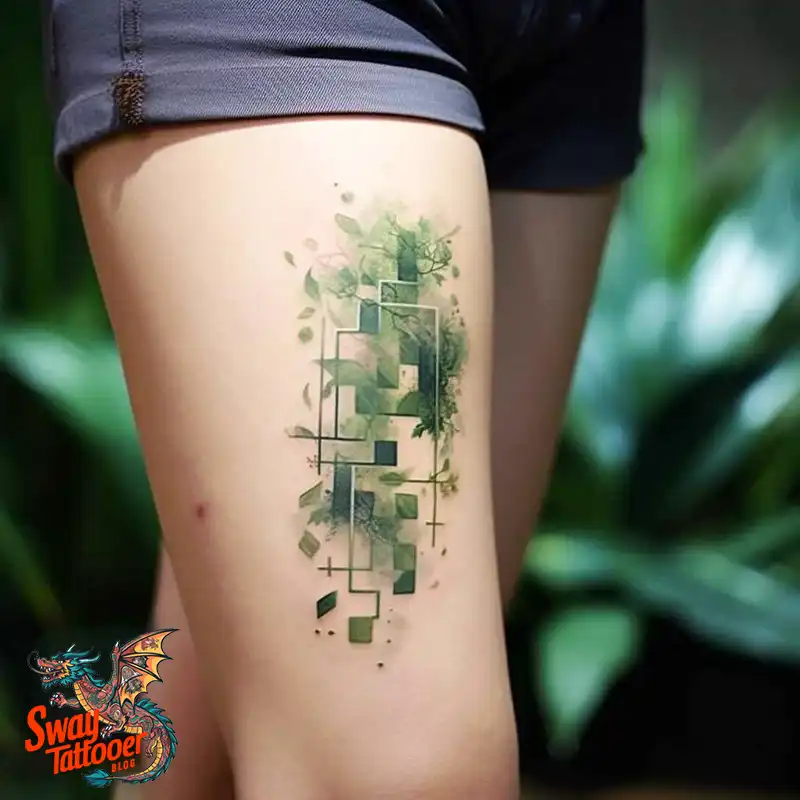
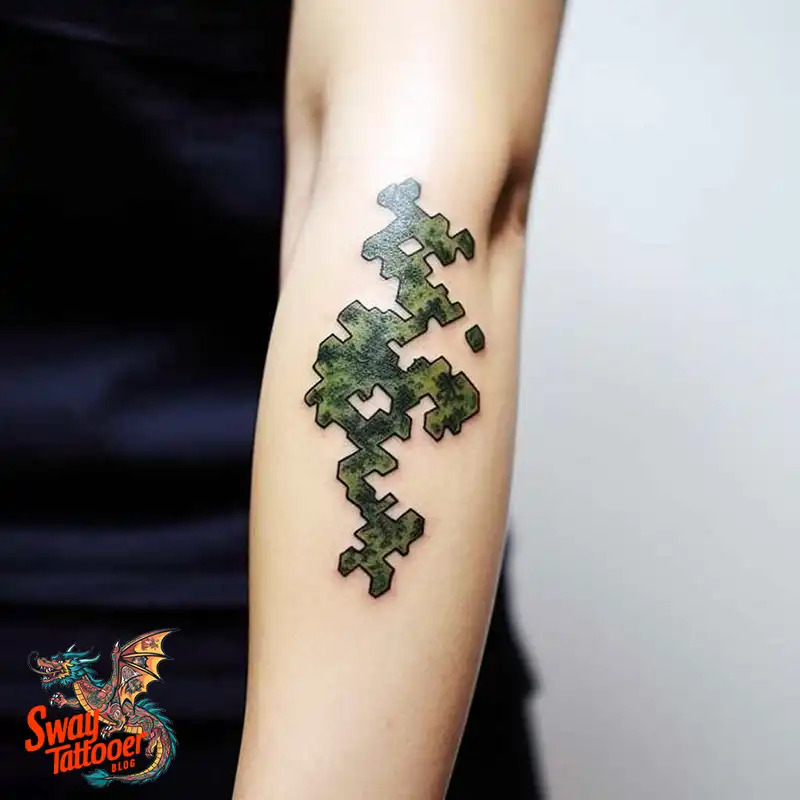
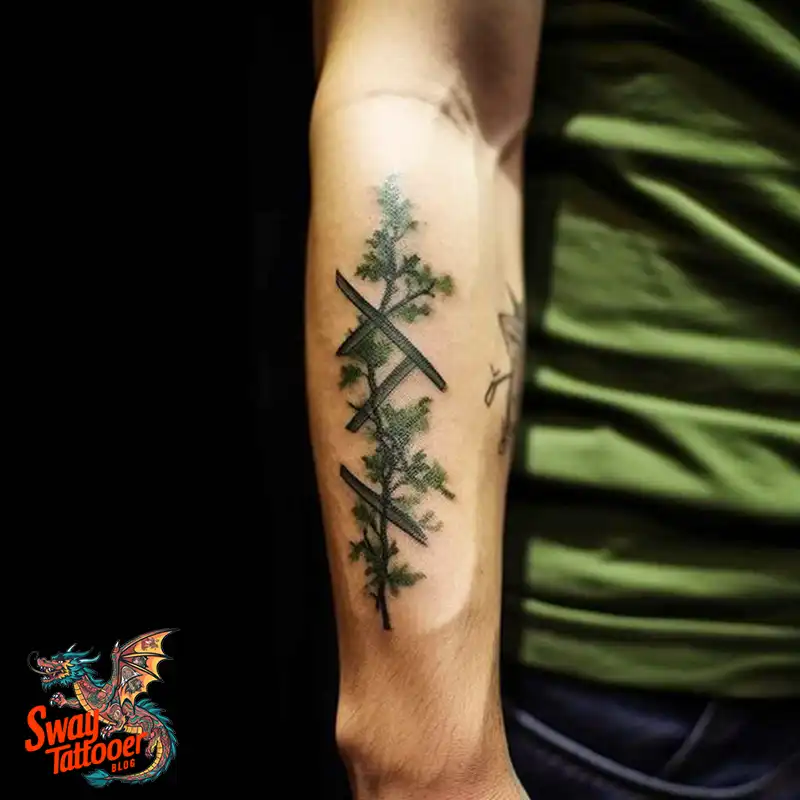
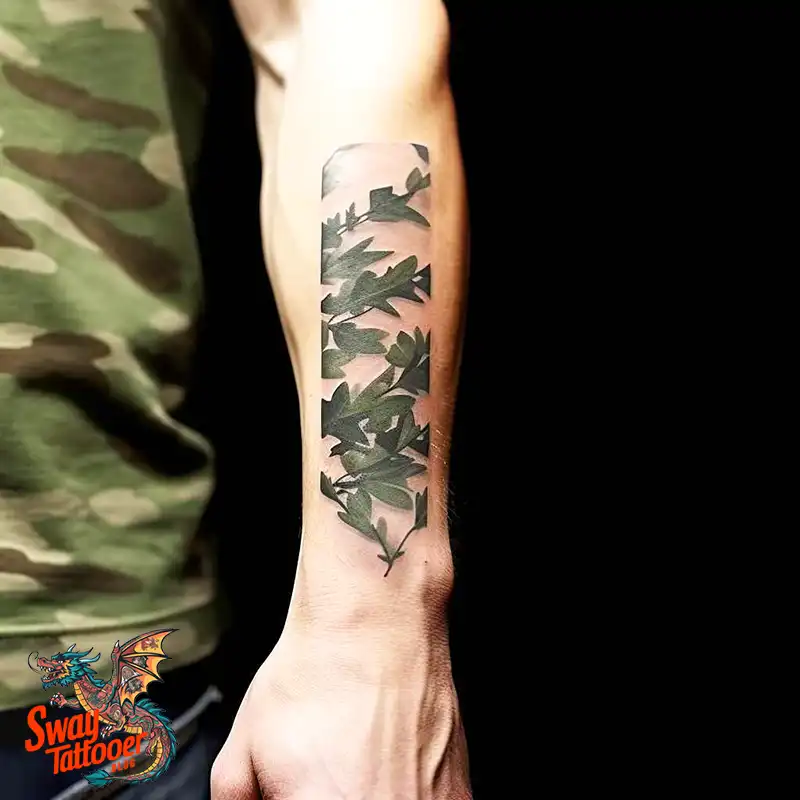
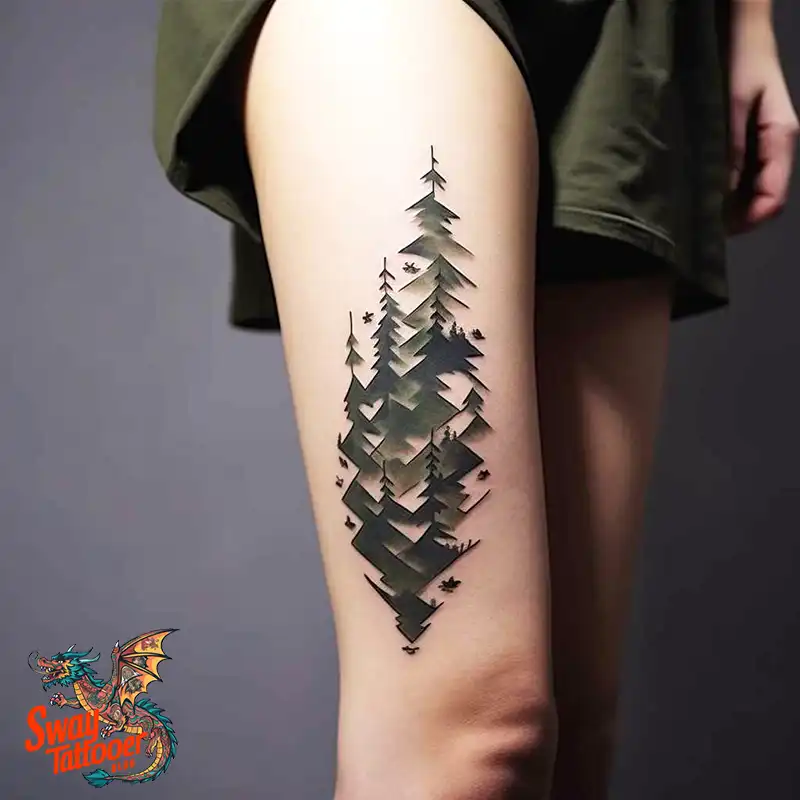
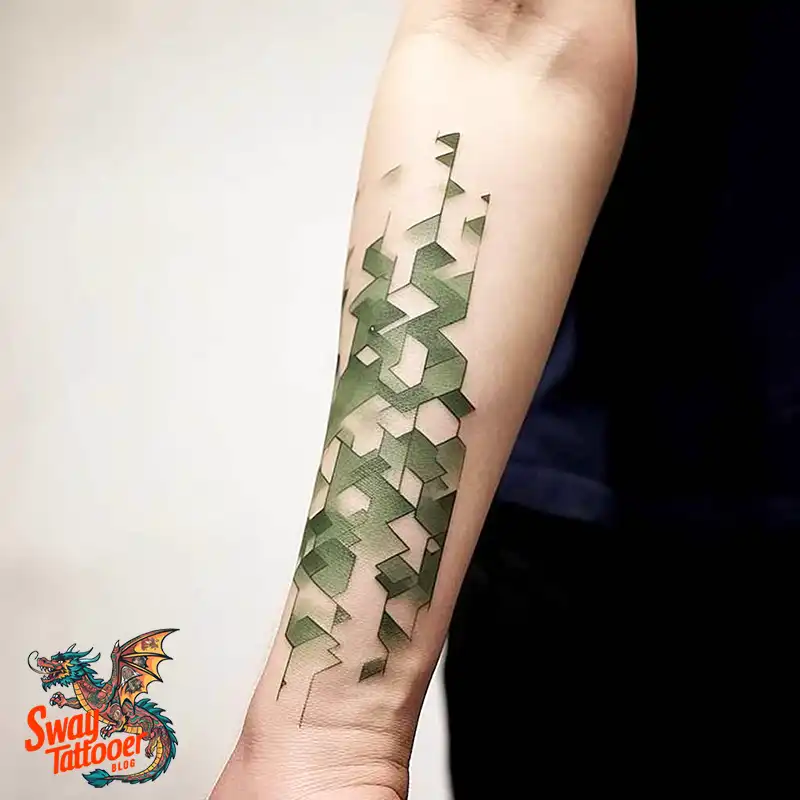
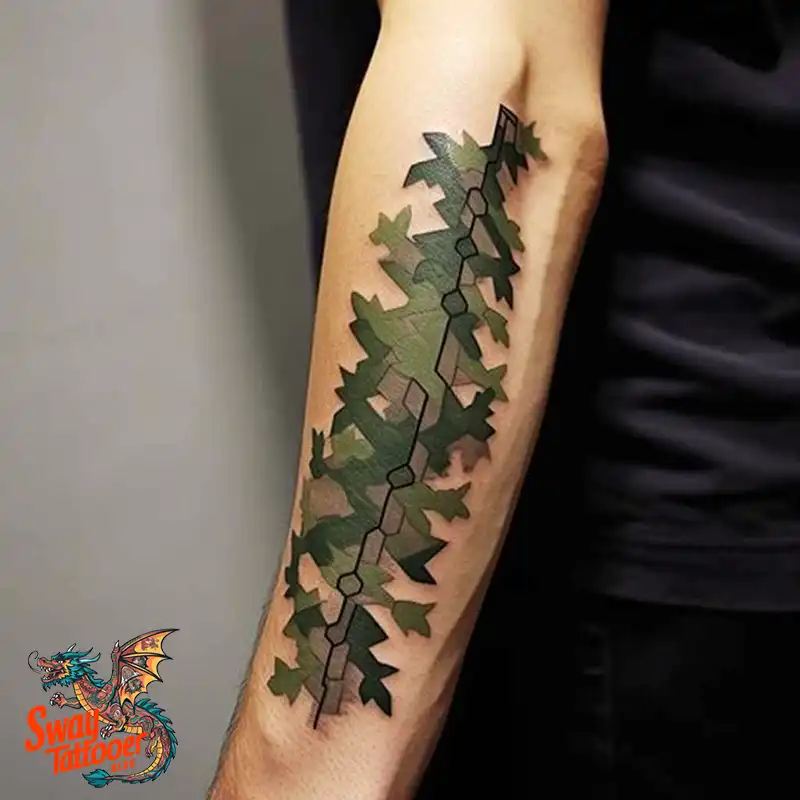
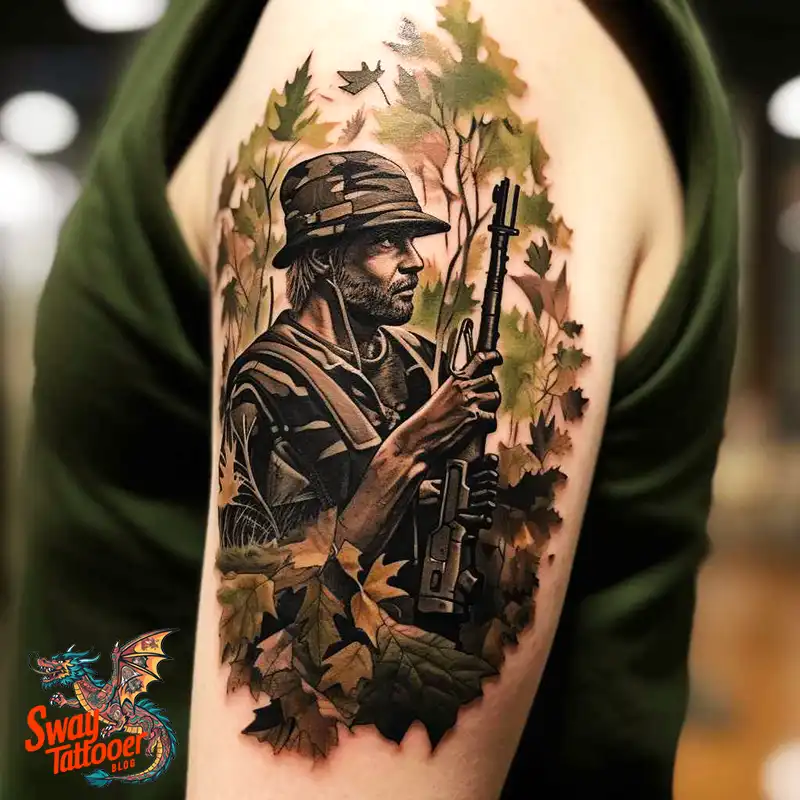
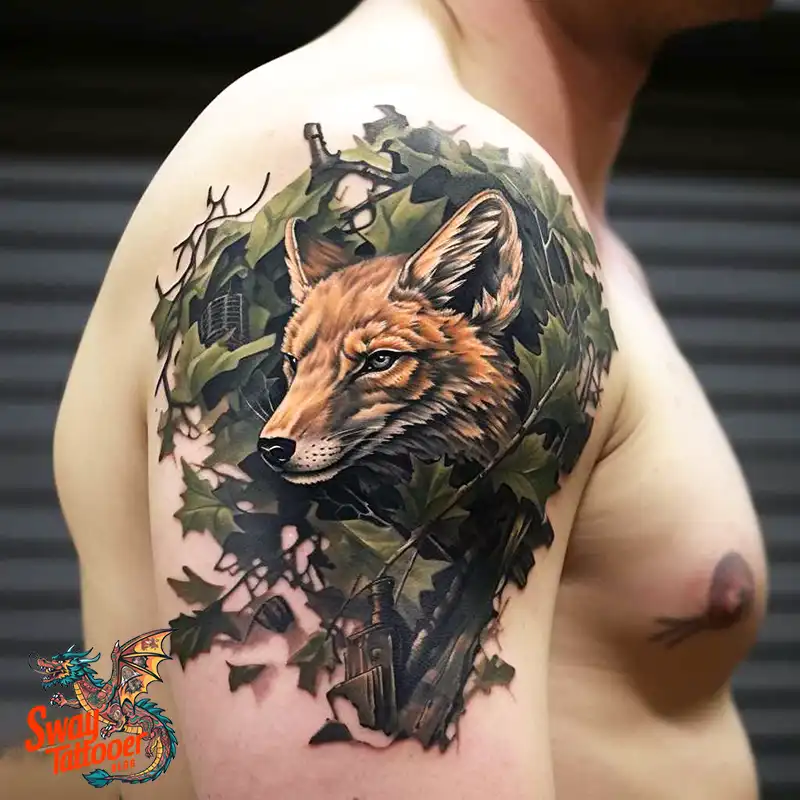
Camo Tattoo Design Ideas:
Here are some noteworthy variations and designs of camo art highlighting their significance in today’s tattoo scene.
Military Camouflage Tattoos
Summary: Military camo copies the patterns found on army uniforms and gear. You might see woodland green, desert tan, pixel blocks, or city gray styles. Some designs add flags, unit patches, or dog tags to make them more personal.
Relevance: These tattoos honor service and sacrifice. Veterans and active-duty members choose to remember their time in uniform, salute fellow soldiers, and show the bravery needed in military life.
Nature and Wildlife Camouflage
Summary: Nature camo tattoo mix leaves, twigs, and animal fur or scales into a camo pattern. They resemble the textures found in forests, fields, or riverbeds.
Relevance: People who love hiking, hunting, or camping pick these tattoos. They exhibit a deep bond with the outdoors and a profound respect for the intricate details of plants and animals.
Urban Camouflage Tattoos
Summary: Urban camo ink borrows from city scenes like brick walls, graffiti splashes, and concrete cracks. They often use bold contrasts and abstract shapes.
Relevance: These designs cater to city lovers and street art enthusiasts. They celebrate life in the “concrete jungle,” symbolizing strength, adaptation, and the vibrant energy of city streets.
Digital Camouflage Tattoos
Summary: Digital camo tattoos use tiny, pixel-like squares to copy the look of modern military uniforms. They mix muted greens, grays, and browns for a sleek, techy vibe.
Relevance: Tech fans and service members choose these tattoos. They show a forward-thinking spirit and honor the high-tech gear that soldiers use today.
Custom Concealment Tattoos
Summary: Custom concealment tattoos are made to hide scars, birthmarks, or other skin marks. The artist matches colors and patterns, so the spot blends right in.
Relevance: These tattoos help people feel more confident after an injury or surgery. They turn a mark someone might be ashamed of into a piece of art that boosts self-esteem.
Fantasy Camouflage Tattoos
Summary: Fantasy camo ink designs mix real camo with magical creatures, fairy-tale scenes, or dreamlike patterns. They blend nature’s shapes with your wildest ideas.
Relevance: If you love dragons, elves, or other fantasy worlds, these tattoos let you show your imagination. They celebrate the fun of hiding and revealing stories on your skin.
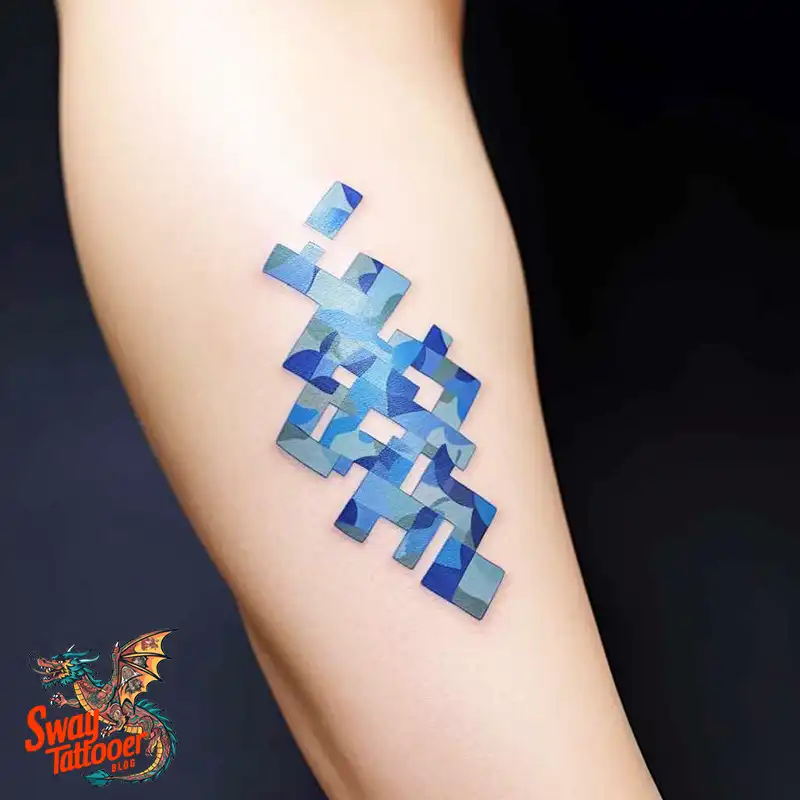
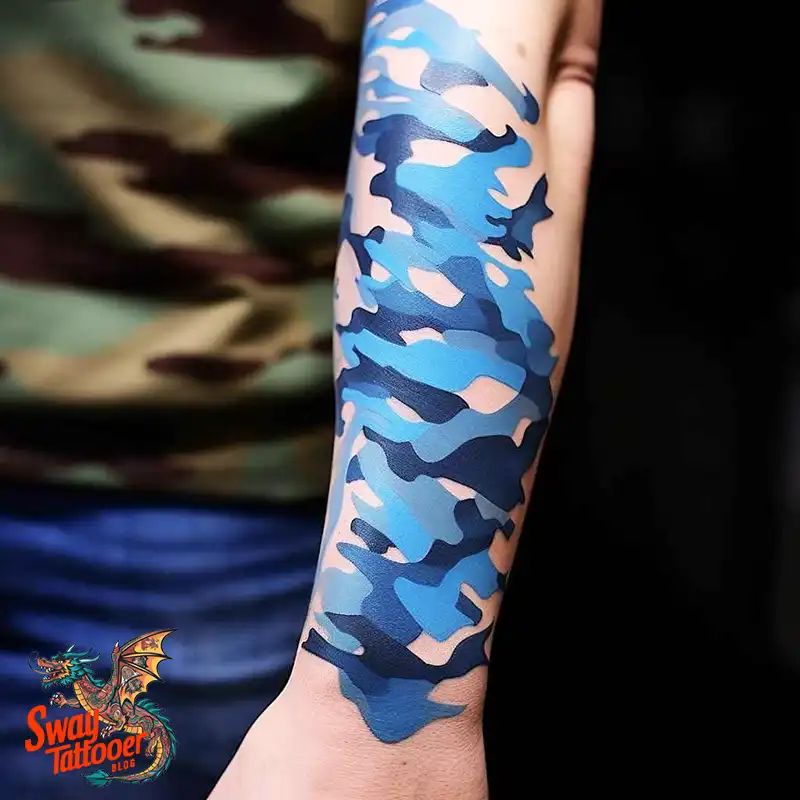
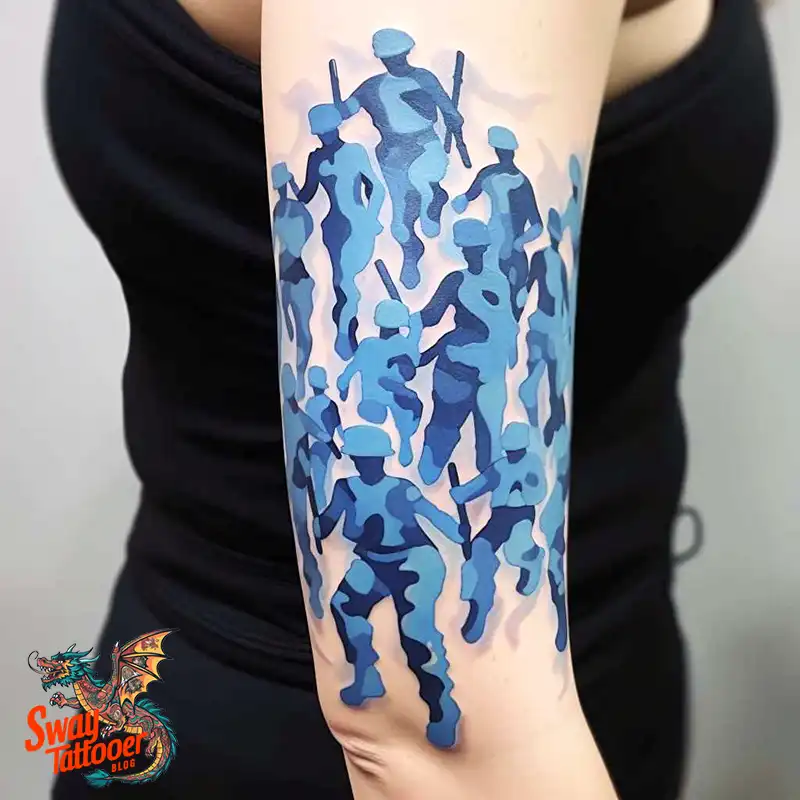
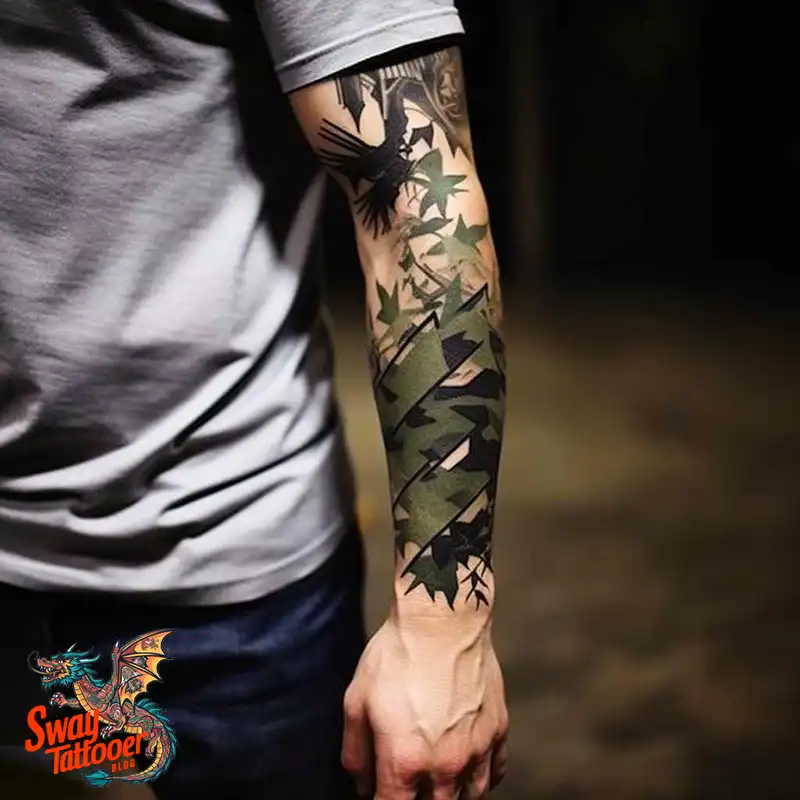
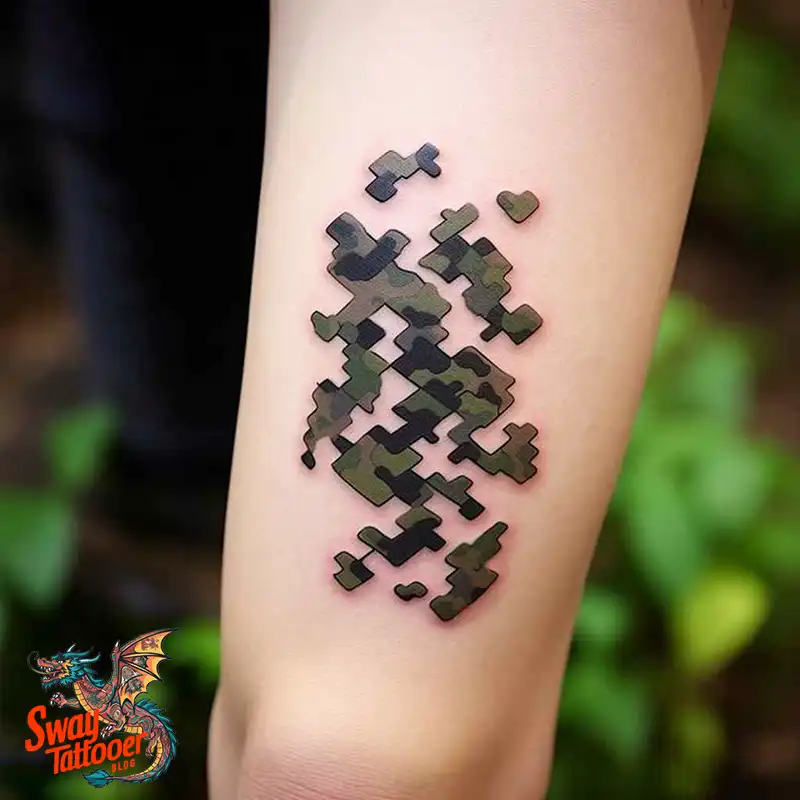
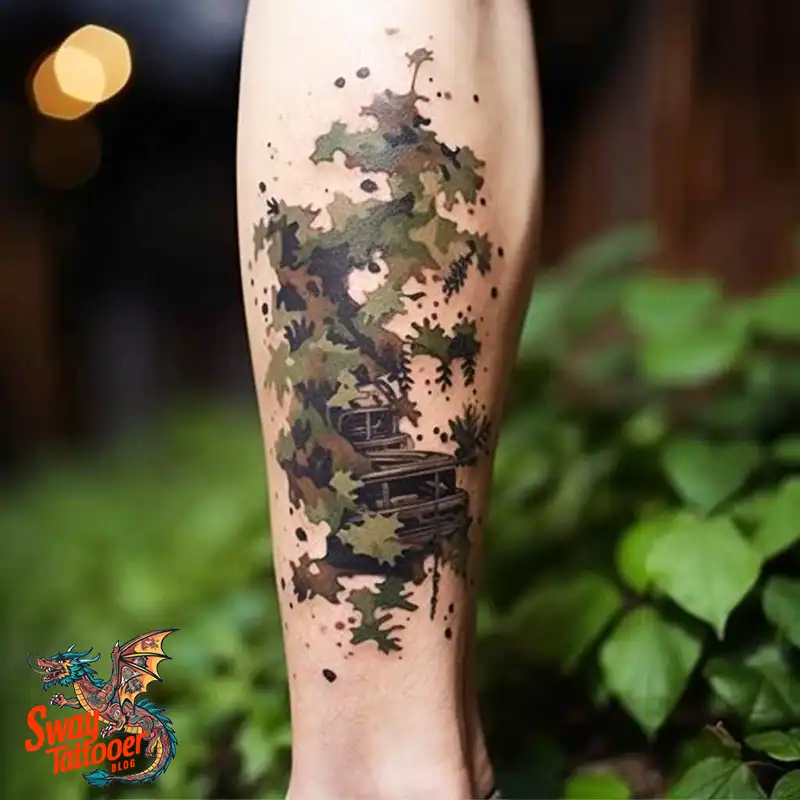
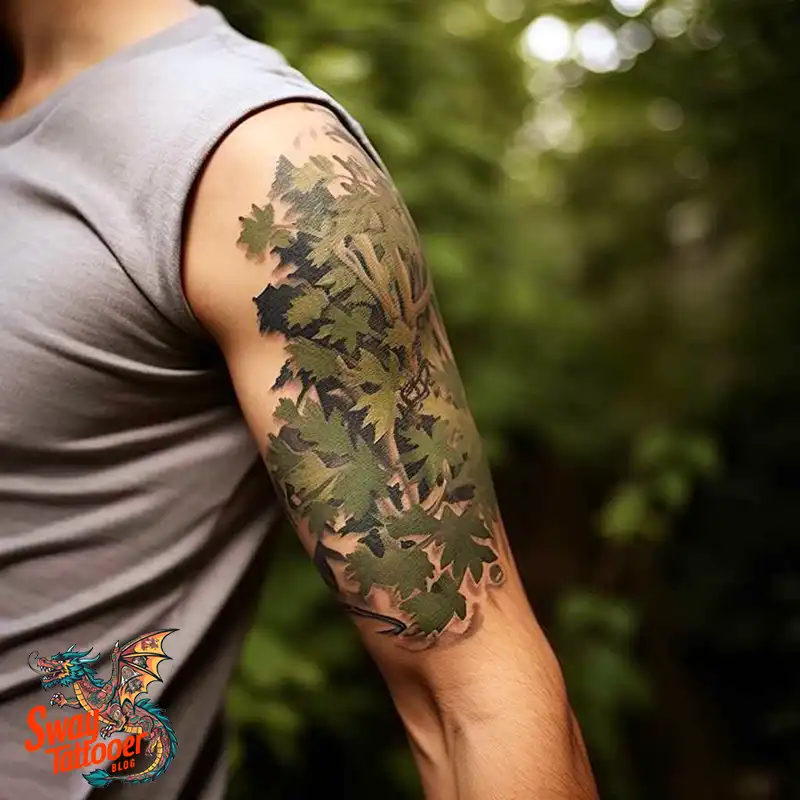
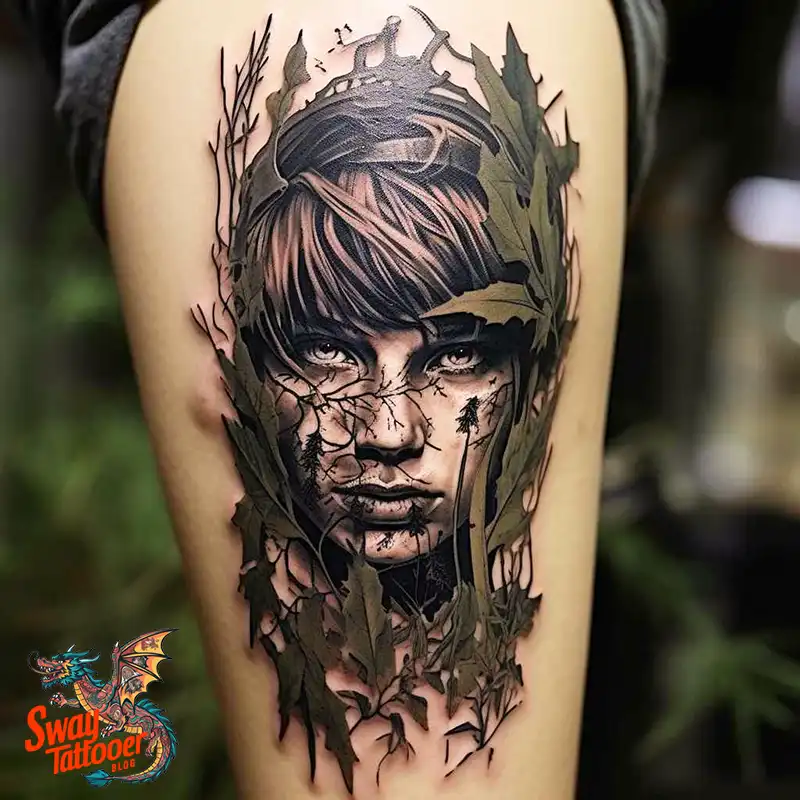
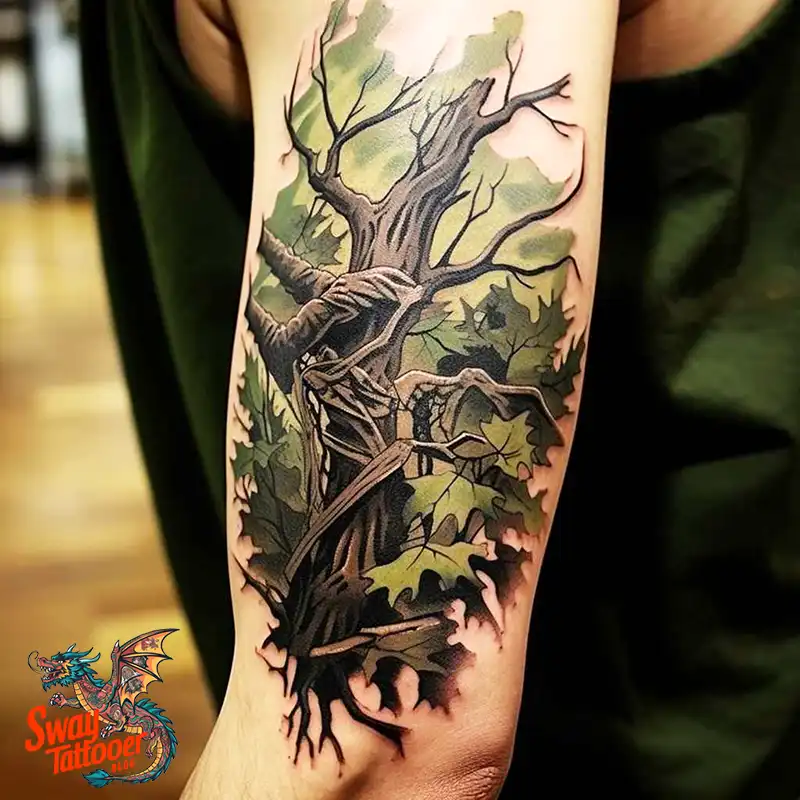


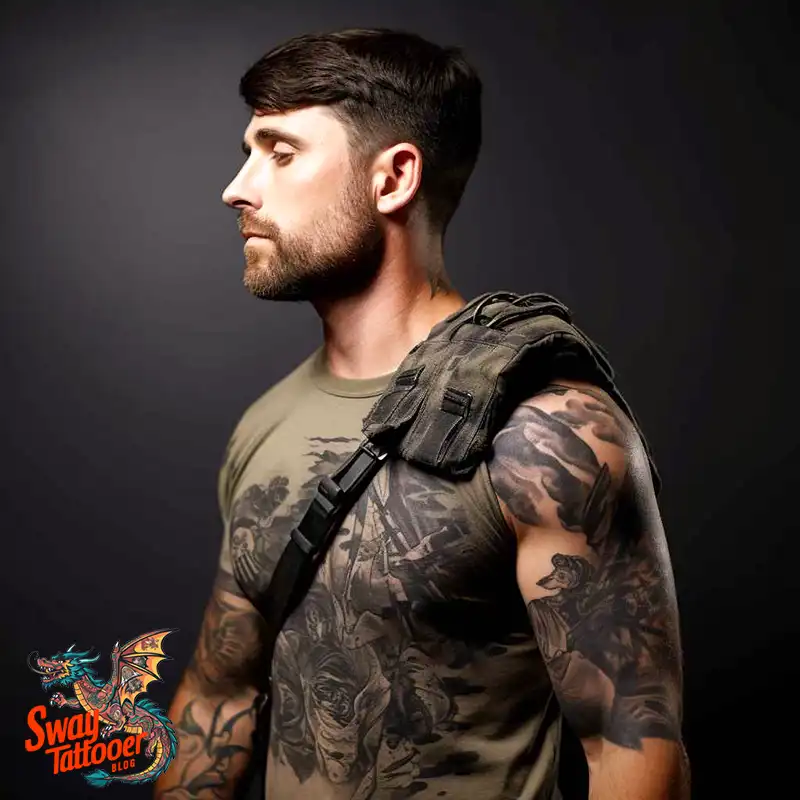
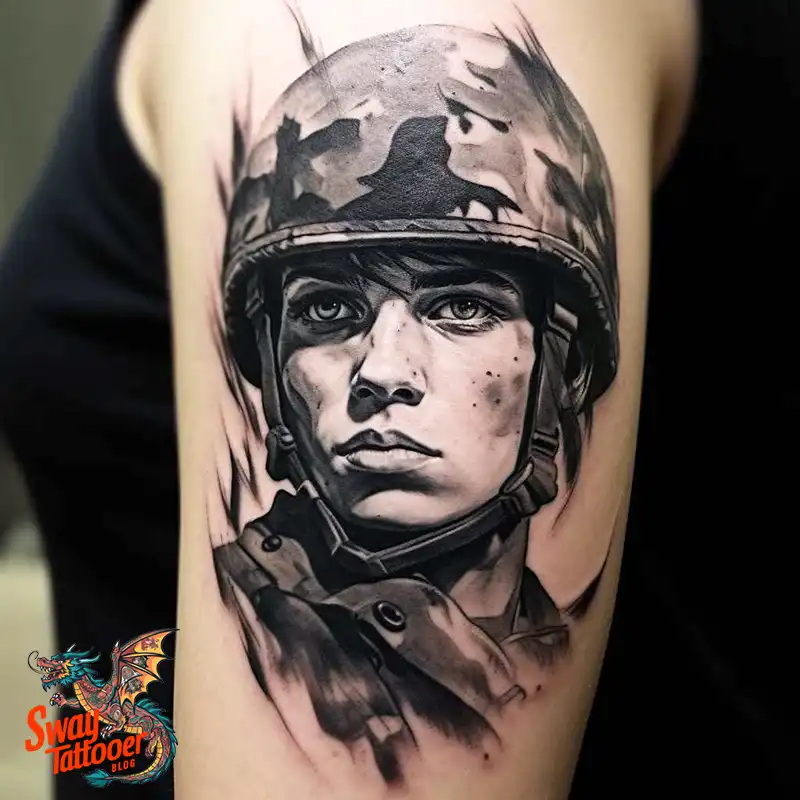
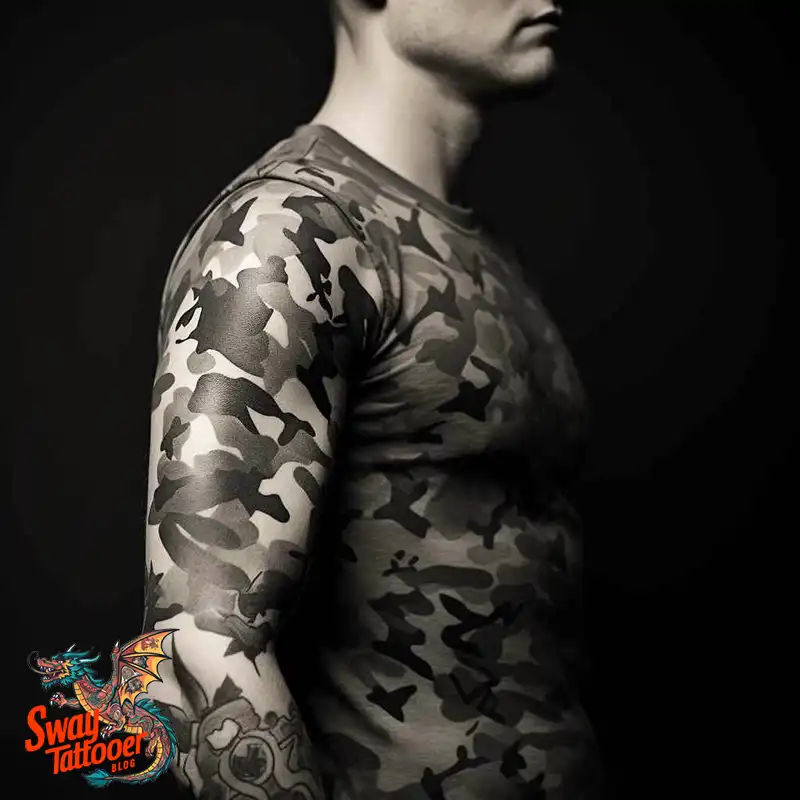
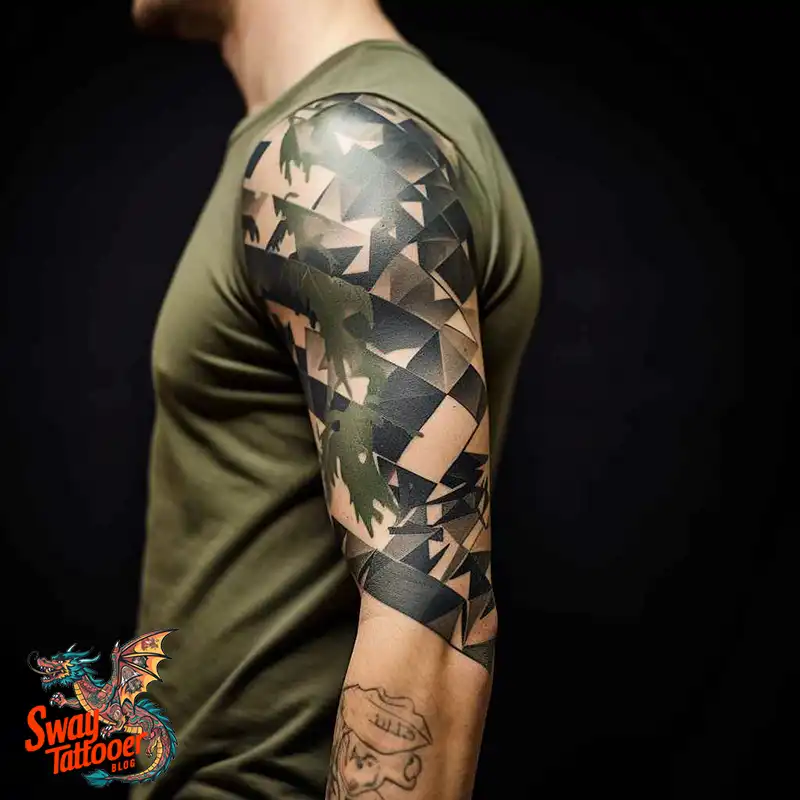
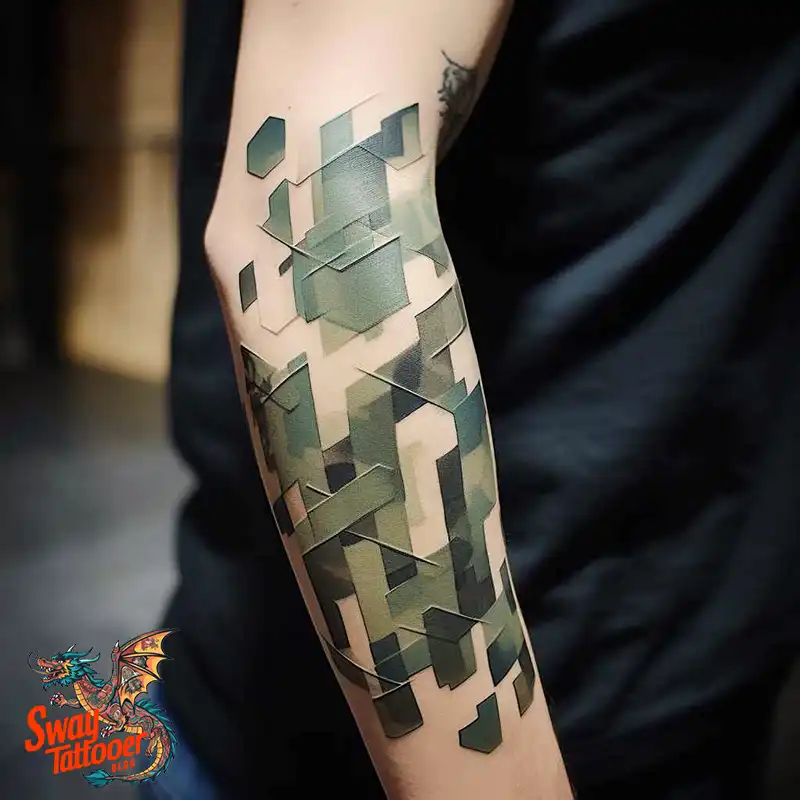
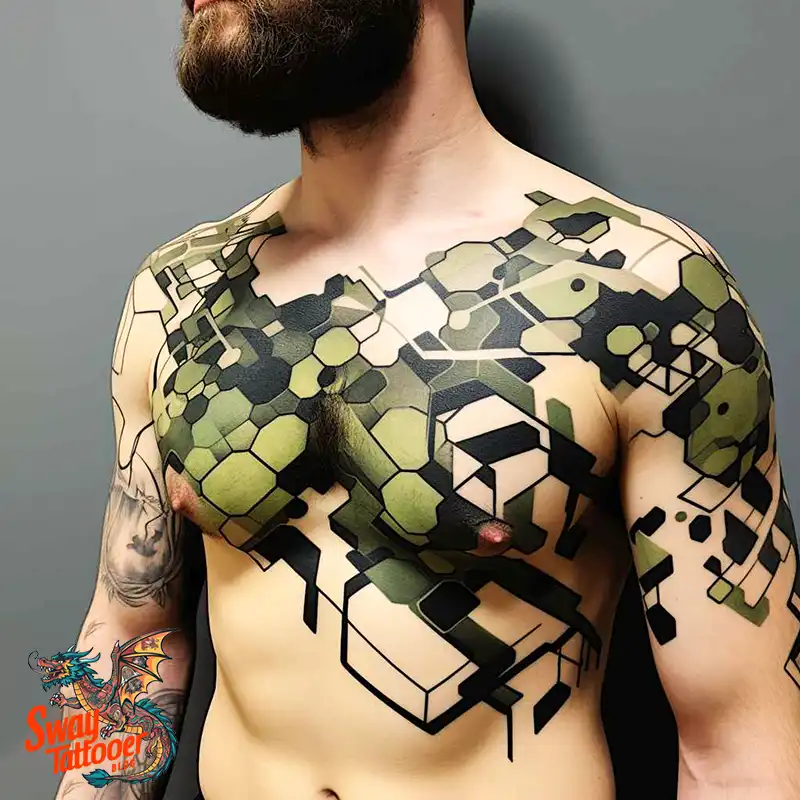
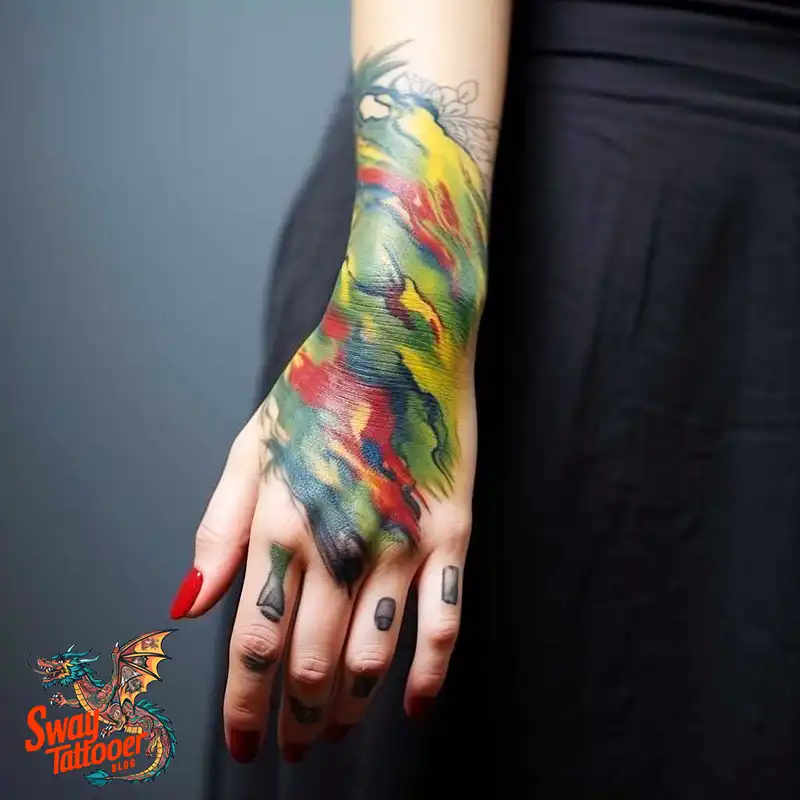
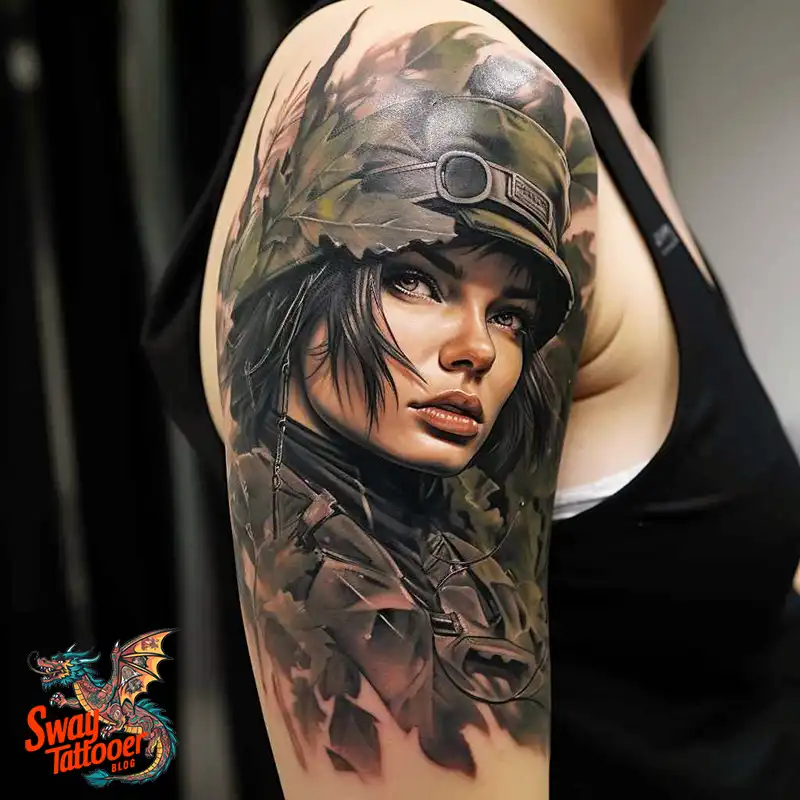
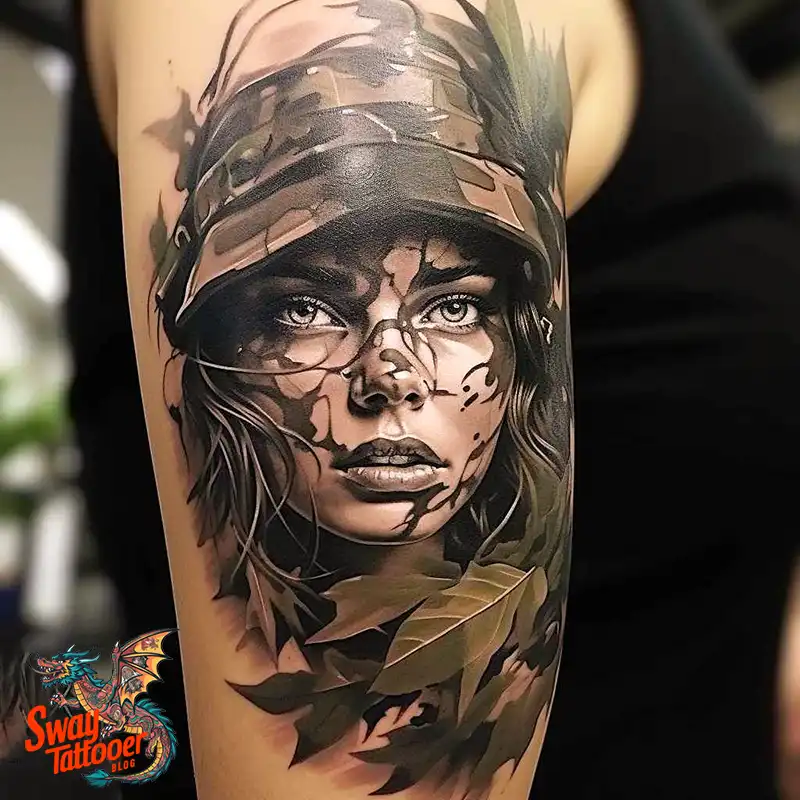
FAQs:
Common Inquiries About Camouflage Tattoos
What is a camo tattoo?
A camo tattoo utilizes colors and shapes similar to those found in camouflage gear to conceal scars or blend seamlessly with the skin. A skilled artist matches the ink to your skin tone, making the scar less visible. How well it works can depend on the type of scar, its size, and your skin color. Always consult with a professional tattoo artist to determine if camo ink is right for you.
How long do tattoos last?
Tattoos can last a lifetime, but they may fade over years. Good ink, a skilled artist, and proper care help them stay bright. Avoid excessive sun exposure and get touch-ups when needed to keep your tattoo looking sharp.
Can anyone get a camo tattoo?
Most people can get camouflage tattoos, but it’s best to check with a tattoo artist first. Skin type, scar tissue, and health issues can affect how the ink holds. An artist who knows camo work can tell you if it’s a good fit for your skin.
How much does a tattoo cost?
Prices vary by size, detail, and the artist’s fame. On average, you might pay $100–$500 per hour. Tattoos can be more expensive because they require specialized blending skills. Ask your artist for a clear price before you start.
Does getting a tattoo hurt?
Tattoo pain depends on where you get it and your pain level. Areas over bones, such as the ankles or ribs, hurt more. Fleshier spots, like thighs and upper arms, feel less ouch. Discuss breaks or numbing options with your artist if you’re nervous.
How can I take care of my tattoo after getting it?
- Follow your artist’s steps: They know best how to help it heal.
- Please keep it clean and dry: Wash gently with mild soap and warm water.
- Moisturize: Use the ointment or lotion recommended by your artist.
- Skip sun and pools: Let it heal before you tan or swim.
- Don’t pick: Let scabs fall off to avoid scars and ink loss.
- Are there any risks involved with tattoos?
- Yes. Like any tattoo, you can get an infection, an allergic reaction, or additional scarring. To stay safe, choose a clean studio and a skilled artist. Follow aftercare rules closely and tell your artist about any health issues you have.
- Can tattoos be removed?
- Yes, laser removal can fade or erase camo ink. The process needs several sessions and can be pricey. Talk to a laser expert about how well your tattoo can be removed before you get inked.
- How do I choose the right artist for a camo tattoo?
- Check credentials: A great artist will be licensed and follow proper hygiene practices.
- Look at portfolios: See if they’ve done camo or scar-cover tattoos before.
- Read reviews: Check what past clients say about their work and care.
- Visit the studio: Ensure it’s clean and that the artist follows safety rules.
- Meet and plan: Discuss your ideas in a consultation to see if you’re a good fit.
Conclusion
In summary, camo tattoos mix art, meaning, and personal style. We traced the origins of camouflage from army gear to a cool tattoo trend. We saw how artists use different styles to make realistic or abstract camo designs. Selecting the right artist is crucial to achieving the desired look.
We also talked about why people choose camo ink. Veterans use them to honor their service. Nature lovers pick them to show their love of the outdoors. Camo can suit any taste and be worn almost anywhere on your body.
Camo tattoos are more than a trend. They let you share your story or make a bold statement. Whether you love the patterns, the hidden meanings, or the creative art, these tattoos leave a strong impression. As with any tattoo, think it through and do your homework.


Leave a Reply